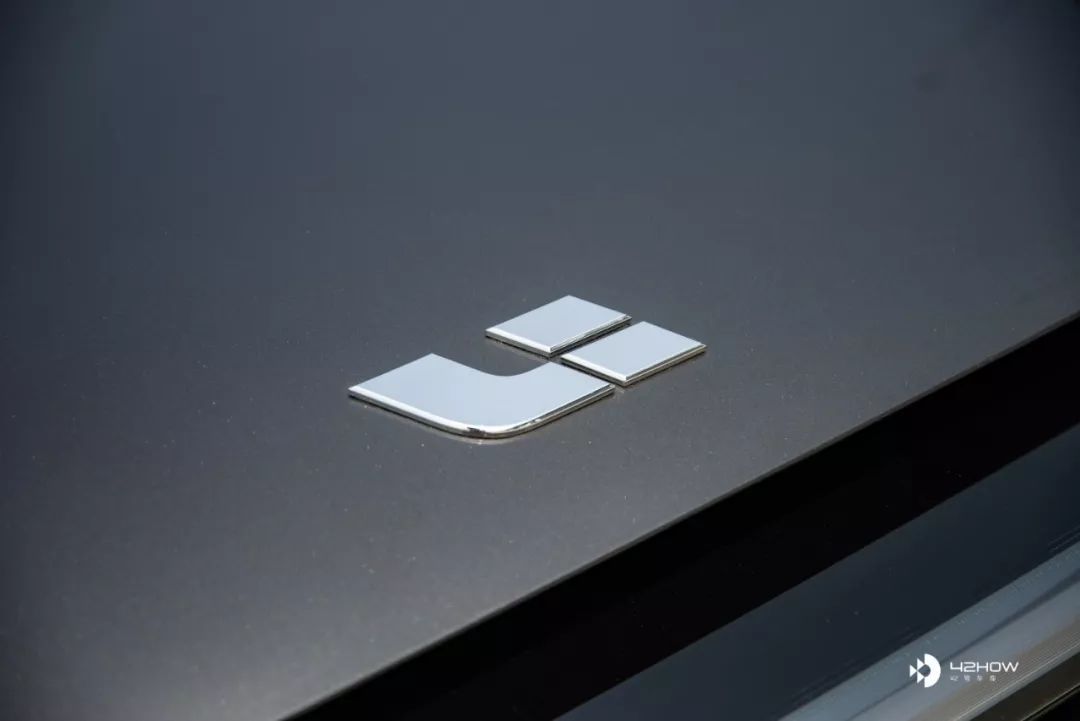In the midst of a series of negative news about new entrants in the car industry, we welcome the most anticipated new carmaker of 2019 – Ideal Auto. Unlike other new carmakers, Ideal ONE is not a purely electric vehicle, but rather a “extended range intelligent electric vehicle” based on electric power. Faced with the niche energy power structure of extended range, the market is full of skepticism. However, the first thing that Ideal ONE needs to prove on its debut is whether new carmakers are still trustworthy.
On August 19th, Garage 42 came to Ideal Auto’s manufacturing base in Changzhou. After a comprehensive four-day experience in Changzhou and Shanghai, we came to a conclusion that the mechanical quality of Ideal ONE and the completeness of its auxiliary driving system are very high. The space performance and seat comfort are also very good. The originality of Ideal ONE’s vehicle system is very high, and its operational logic is excellent. However, there are still some bugs that need to be resolved on the production version of the vehicle.
Please note that the vehicle we experienced is a prototype in the PP3 stage, not the final production version. Before the official production in October, two more versions of the vehicle, P1 and P2, will be iterated. There will not be too many changes in the overall status of the vehicle, and later adjustments will focus more on software and details.
In addition, before the start of the test drive, I collected over 2,000 questions from Ideal ONE reservation users or interested users in Garage 42’s WeChat group, including questions about vehicle energy consumption, driving experience, riding experience, auxiliary driving ability, and interior changes.
Based on the 24 questions collected before departure, I will answer all your questions about Ideal ONE.
Q1: What is the working logic of the range extender?
A1: Ideal ONE can be divided into two driving modes: “hybrid mode” and “range mode”.
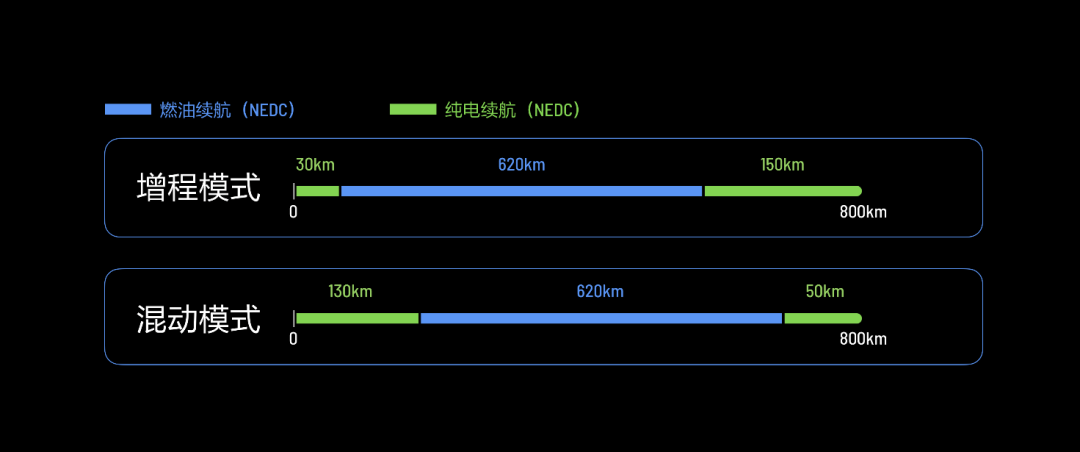
In hybrid mode, the vehicle will use the first 28% (50 km) of battery power to drive the vehicle, and when the battery level is below 72% (130 km), the range extender will be activated. However, the battery power will not be completely fixed at 72%. The system will control the output ratio of the extender and the battery according to your power demand. But when the power level drops to 60%, even in stationary status, the range extender will start to provide energy to the battery.When outputting high power during rapid acceleration, the range extender outputs a portion of the power and the battery also outputs a portion of the power to ensure driving performance. When outputting low power during steady-state cruising, a portion of the range extender’s output power will be used to drive the vehicle and the surplus power will be converted into electricity to supplement the battery, causing the battery’s charge level to dynamically vary between 72% and 60%.

In range extender mode, the vehicle will prioritize using 82% of the battery’s charge (150 km) to power the vehicle. When the battery’s charge falls below 17% (30 km), the range extender will start working, causing the battery’s charge level to dynamically vary between 18% and 13%. Similarly, when the battery’s charge falls below 13%, the range extender will start in idle mode, supplementing the battery.
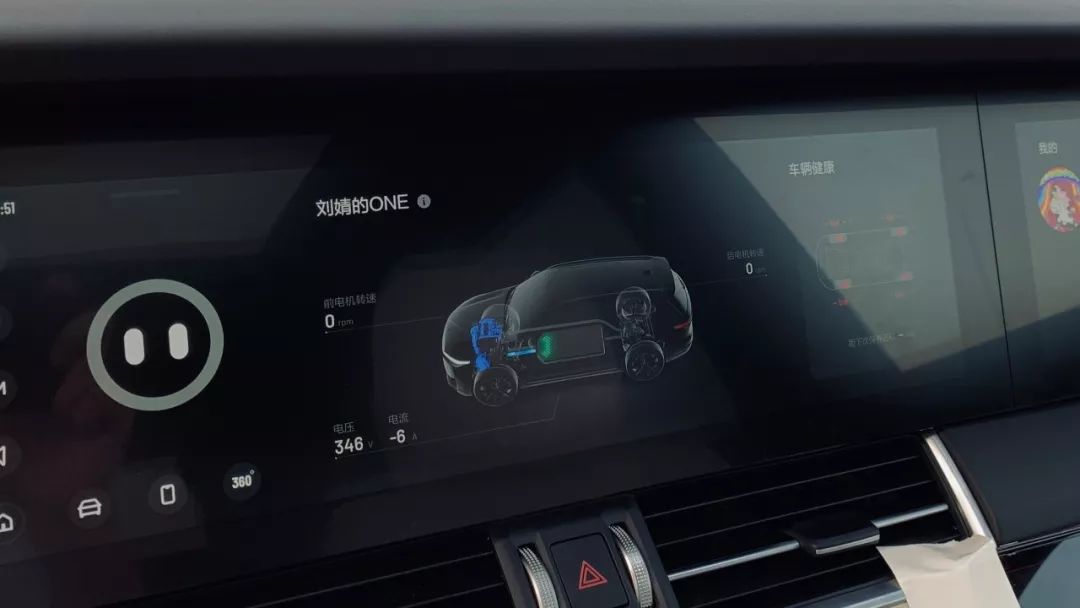
In short, hybrid mode prioritizes gas usage and is suitable for users unable to charge, while range extender mode prioritizes electricity usage and is suitable for users who can charge. Users should choose the vehicle mode based on their driving conditions.
Q2: If the range extender mode is used to consume the battery’s charge to below 60% and then switched back to hybrid mode, will the range extender supplement the battery’s charge to 72%?
A2: No, when the remaining battery charge falls below 60%, the vehicle’s driving mode cannot be switched from range extender mode to hybrid mode, so it will not charge the battery from a low state-of-charge to 72%.

As for why it is set this way, Ideal Auto personnel explain that the electricity generated by the range extender will be primarily used for direct drive. Charging the battery with the range extender over a wide range is actually a very inefficient operating condition, which is why the Ideal ONE cannot switch from range extender mode to hybrid mode when the battery’s charge falls below 60%.
Q3: How far can you drive from full charge to empty and what is the fuel economy at high speeds?
A3: According to 42Test’s testing standards, the Ideal ONE’s pure electric high-speed driving range is 100 km, and the fuel consumption rate in range extender mode at high speeds is 9.67 L/100 km. The BMW G05 X5, which was also tested, has a fuel consumption rate of 9.26 L/100 km at high speeds.During the pure electric endurance test, we replenished ONE’s power to 100% and set the air conditioner to 22℃, 2nd gear wind. After driving 100 km using the extended range mode, the power dropped to 17%, and then the extended range system was activated to complete the pure electric endurance test.
During the whole test, the assisted driving system supported the speed of 120 km/h. We turned off the expressway and made a U-turn under the Pingshan exit, re-entered the expressway, and then the average speed was 99 km/h.
During the high-speed fuel consumption test, we filled the fuel tanks of both cars at Jiangqiao service area. LI ONE used the extended range mode, while BMW X5 used the COMFORT mode, driving along the G2 Beijing-Shanghai Expressway towards the west, then turning around at the East Bridge interchange and returning along the expressway to Jiangqiao service area to refill the fuel.
The total driving distance was 175.9 kilometers, and the average speed was 102 km/h. LI ONE consumed 17.01 liters of fuel in total, with a fuel consumption rate of 9.67 liters per 100 kilometers.
However, the battery level of ONE was only at 14% at the beginning of the test, and it increased to 19% after arrival. That is to say, in addition to driving 175.9 kilometers with the fuel, the 17.01 liters of fuel also increased the battery level by 5%.
Q4: What is the full electric mileage of ONE in the city? And what is the fuel consumption rate?
A4: According to 42Test’s testing standards, LI ONE’s pure electric endurance is 120 kilometers, and the comprehensive fuel consumption rate in extended range mode is 8.69 L/100 km. The accompanying BMW G05 X5 has a comprehensive fuel consumption rate of 11.14 L/100 km.
42Test’s urban test route includes elevated highways and ground roads, and the results are based on overall electric energy consumption and fuel consumption.
During the pure electric endurance test, we charged the vehicle to 100% at the Shanghai International Exhibition Center charging station, first drove on the congested ground road for 58.4 km, in which the displayed endurance dropped from 180 km to 98 km. Then we drove on the outer ring for another 61.8 kilometers, and the displayed power dropped to 31 km, the extended range system was activated, and the pure electric endurance test was completed. The average speed was 32.5 km/h.
During the fuel consumption test, we filled the fuel tanks of both cars to the brim at the Sinopec Caobao Road gas station. We first drove 103 km clockwise on the outer ring, then drove 50 km on the ground road in Shanghai, and finally returned to the Sinopec Caobao Road gas station, covering a total of 153 km with an average speed of 30.1 km/h.
Finally, LI ONE consumed 13.3 liters of fuel in total, with a fuel consumption rate of 8.69 liters per 100 kilometers, while BMW X5 consumed 17.05 liters of fuel with a fuel consumption rate of 11.14 liters per 100 kilometers.Here’s a supplement: The battery level of ONE before departure was at 12%, and it increased to 15% upon arrival. This means that aside from consuming 13.3 liters of fuel to drive 153 kilometers, the battery level of ONE also increased by 3%.
Finally, let’s summarize the ideal energy consumption performance of ONE with a chart:
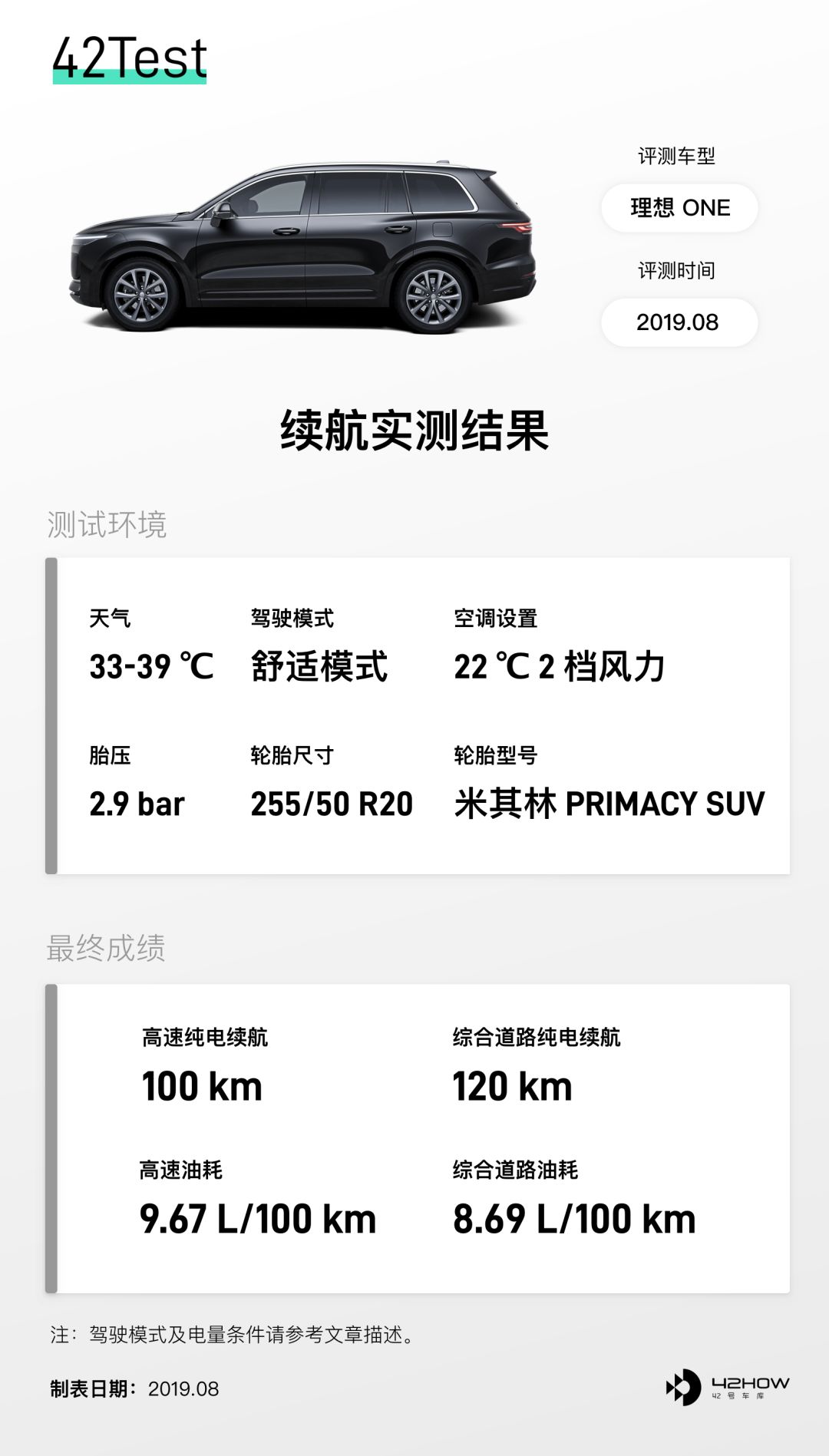
The pure electric comprehensive range of the ideal ONE can reach 120 km, which meets the needs of most consumers for daily commutes. If there is home charging available, ONE can also be used to a certain extent as an electric vehicle.
If ONE is used as a hybrid model, although the city comprehensive fuel consumption of ONE is not as low as the ideal claim, it still has certain advantages compared to models with the same power level and size. However, since ONE does not have a direct driving mode for the engine, its fuel consumption under high-speed conditions will be slightly higher than that of vehicles of the same level.
Q5: How is the charging speed?
A5: The battery of the ideal ONE uses Ningde era’s 523 battery, with a capacity of 40.5 kWh. After our testing, the maximum charging power of ONE can reach 60 kW, but it can only be maintained for a short period of time. It takes 55 minutes to charge from 13% to 90%.
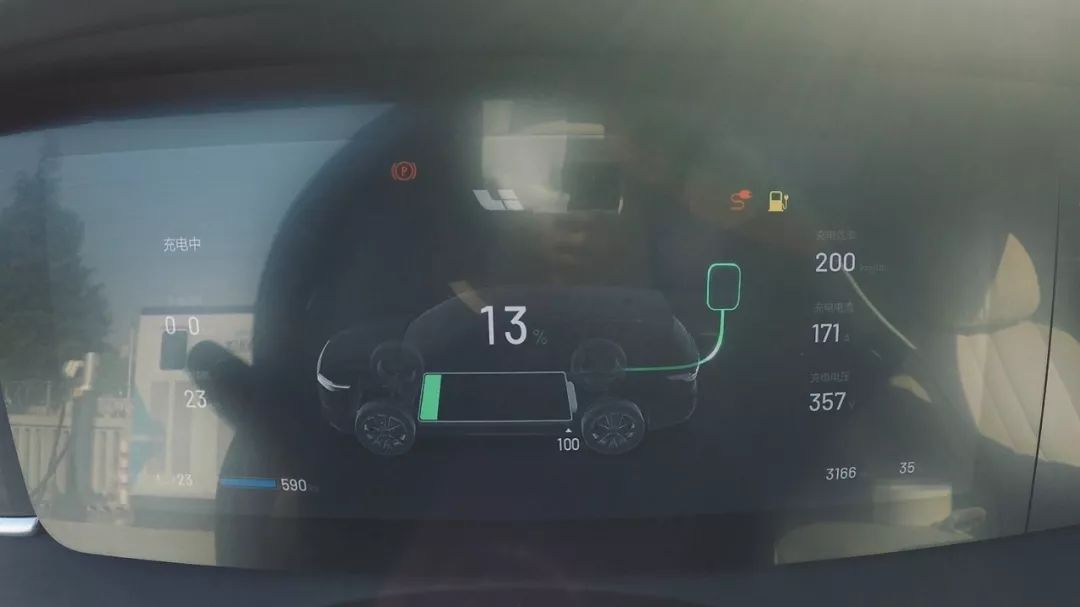
Q6: How is the power performance? What is the difference in driving experience between 72% battery level and 17% battery level?
A6: Let’s first look at the test results for accelerating 100 kilometers. We conducted tests on three different states of ONE, and the results are as follows:

The launch mode can only be enabled when the battery level is above 60%, and the range extender will start directly, always ready to deliver full power output. At this time, the acceleration score can be maintained at around 6.5 seconds, but the working sound of the range extender is quite loud.If the bounce mode is not activated, the acceleration result with sufficient power is 6.9 seconds, and the acceleration result after the power falls below 20% is 8.1 seconds, with a certain degree of reduction. This is very similar to most electric vehicles, because the range extender can only provide a part of the output power, and the remaining power needs to be provided by the battery. The discharge performance will also decrease when the remaining battery power is low, so the acceleration ability will also decrease.
As for how much the power has actually decreased, the driver can directly see the remaining power from the data in the upper right corner of the instrument panel.
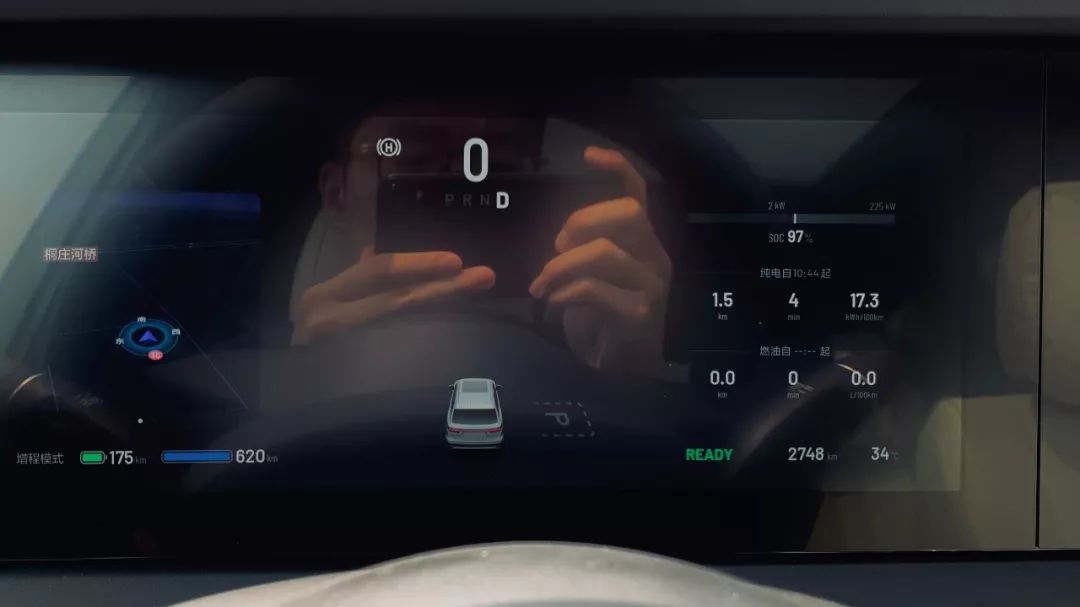
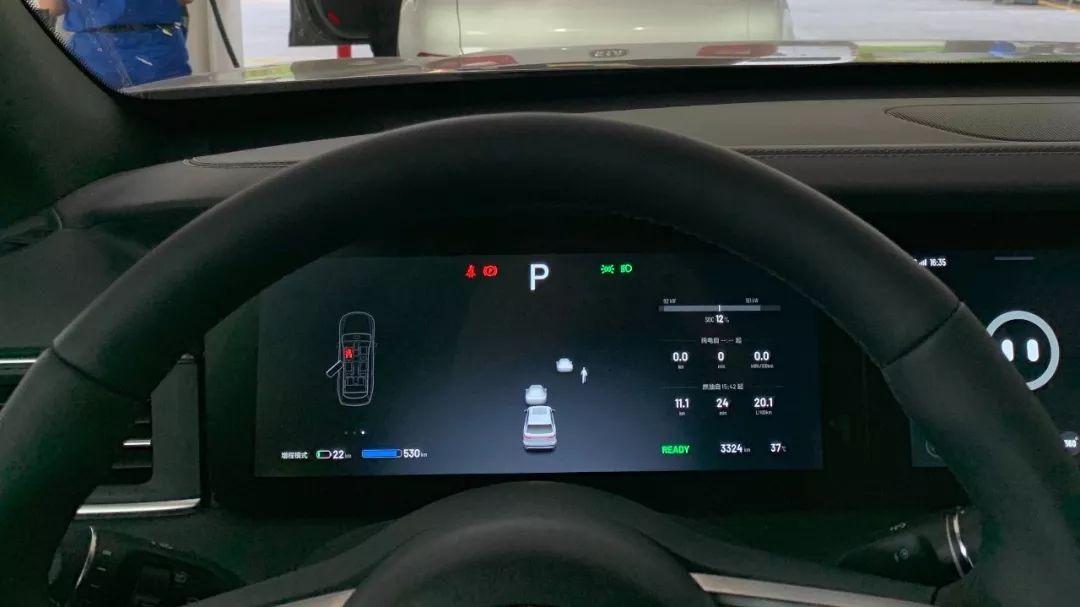
Next, let’s talk about my personal driving experience. There is not much difference in daily driving between 72% SOC and 17% SOC. The two permanent magnet synchronous motors release power very smoothly, especially since the ONE is a full-range electric drive, the power output is very smooth, and the overall acceleration experience is very light and agile.
During intense driving, there is not much difference in the front acceleration capability between 17% SOC and 72% SOC, but there will be some weakness in the middle and rear sections. However, for this “dad car”, it is still more than enough.
Q7: Can the range extender of the ONE maintain the battery level at 17% under long-term and high-load working conditions?
A7: Actually, this is one of my personal concerns. Can the 62 kW range extender of the ONE maintain the battery level at 17% under high loads?
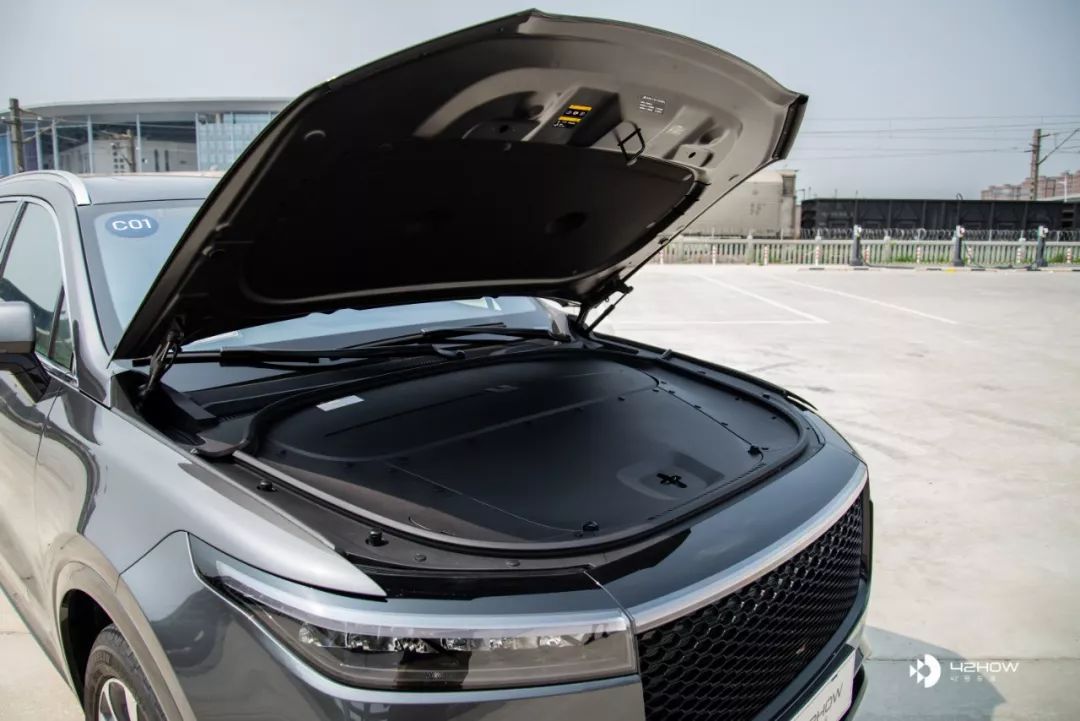
During the four days of our test period, the battery level could be maintained between 13% and 17% in the range extender mode, including high-speed and urban driving tests. Even with some intense driving, the battery level could still be maintained above 15%. You don’t need to worry about this, and I also asked the Ideal staff about the test road conditions of the ONE, which included high-altitude mountain roads in the northwest region. Even under relatively extreme road conditions, the battery level can still be maintained.
Q8: How about the braking of the ONE?
A8: After the actual test, the braking result of the Ideal ONE is 39.3 meters, which is not excellent.# Ideal ONE’s brake system
The Ideal ONE uses Bosch iBooster 2.0 electronic brake system, which provides a great braking feeling. As the braking force increases linearly with the throttle, the braking is seamless and the energy recovery is imperceptible during both light and heavy braking. After four days of testing, no flaws were found in ONE’s performance.

Q9: How does Ideal ONE recover energy? Does it have adjustable modes? How does the passenger feel?
A8: Ideal ONE combines accelerator and brake pedal to recover energy, with two adjustable modes available.
In standard mode, the energy recovery is not very strong and feels almost identical to a conventional car’s coasting, so passengers won’t feel uncomfortable.
In strong mode, single-pedal driving is possible with the electronic brake intervening linearly as the accelerator pedal is lifted. However, compared to Tesla, the energy recovery force of Ideal ONE is still a bit weak. It would be great if ONE can provide stronger options.
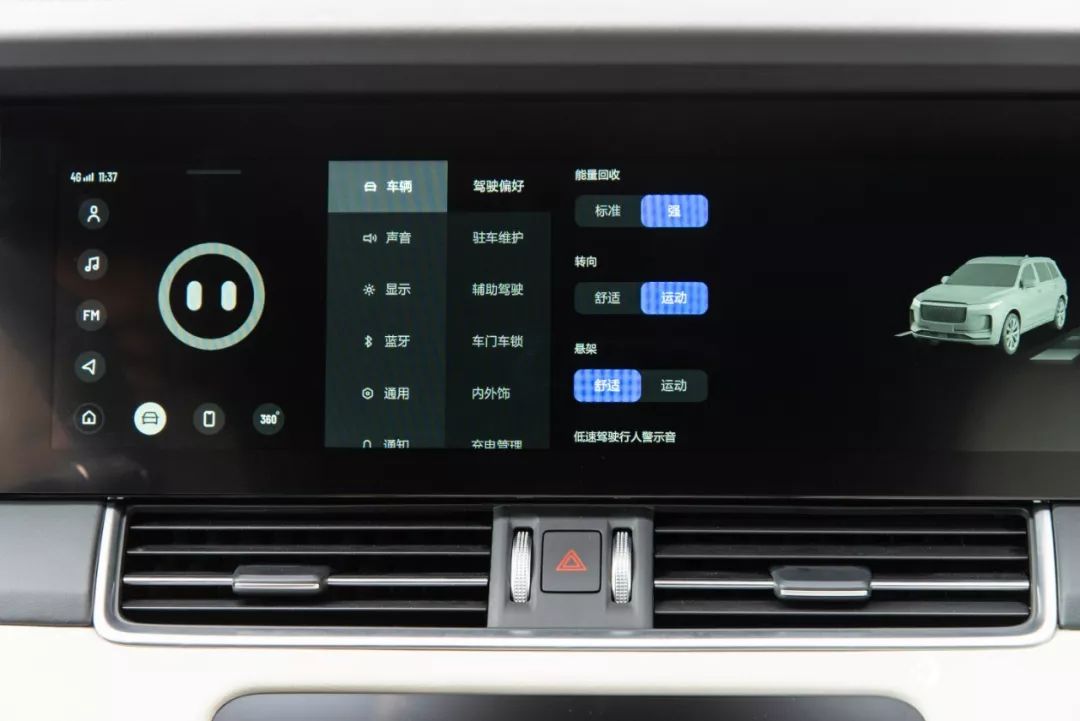
Q10: How is the steering feel?
A10: Ideal ONE has two steering modes: Comfort and Sport. The steering effort is lower in Comfort mode. The return torque and speed are comfortable in both modes, with a slightly stronger startup torque. The steering feel is mostly linear and smooth. However, don’t expect too much in terms of handling for Ideal ONE. Just drive it calmly.
Q11: How is the chassis feel? How does the soft/hard adjustable mode affect it? Is the difference large?
A11: Ideal ONE has two chassis modes: Comfort and Sport. Sport mode is a little harder, but it doesn’t help much for aggressive driving. It’s recommended to keep it in Comfort mode for the entire journey.
The chassis feel is not excellent, but not bad either. The suspension filters out some small vibrations on bumpy roads, but the overall performance is a bit stiff. Fortunately, when driving on bumpy roads, the body does not produce excessive shaking and the overall ride feeling is still good.
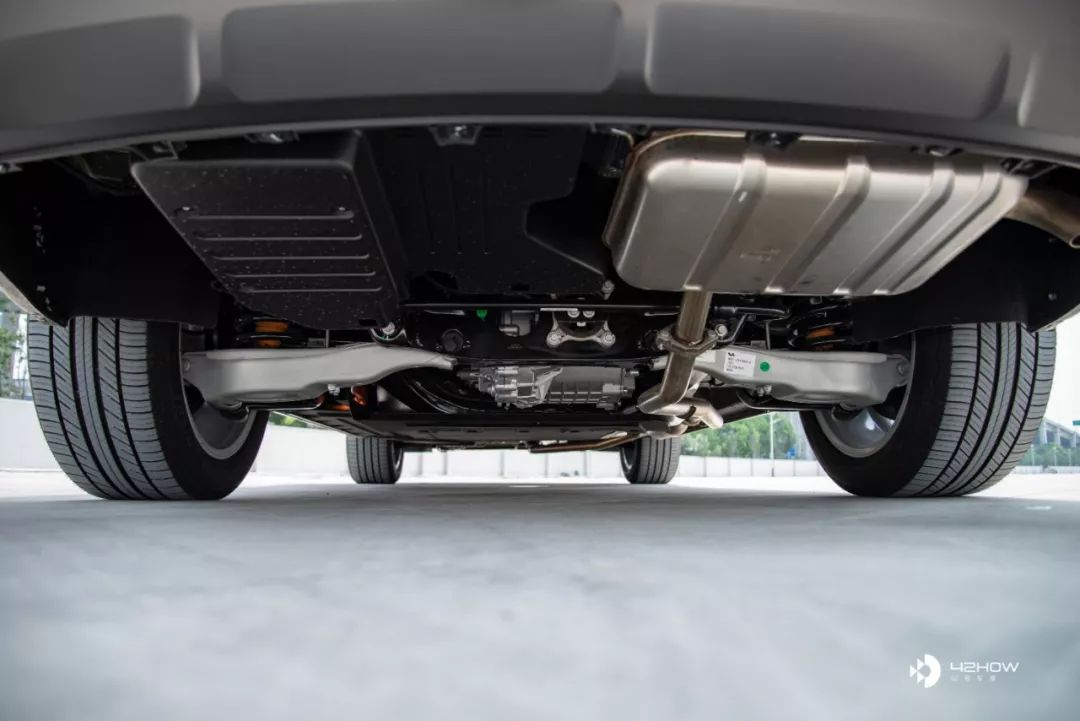 Q12: How is NVH in various working conditions and does the three-cylinder engine vibrate?
Q12: How is NVH in various working conditions and does the three-cylinder engine vibrate?
A12: First, let’s take a look at the actual noise test results:
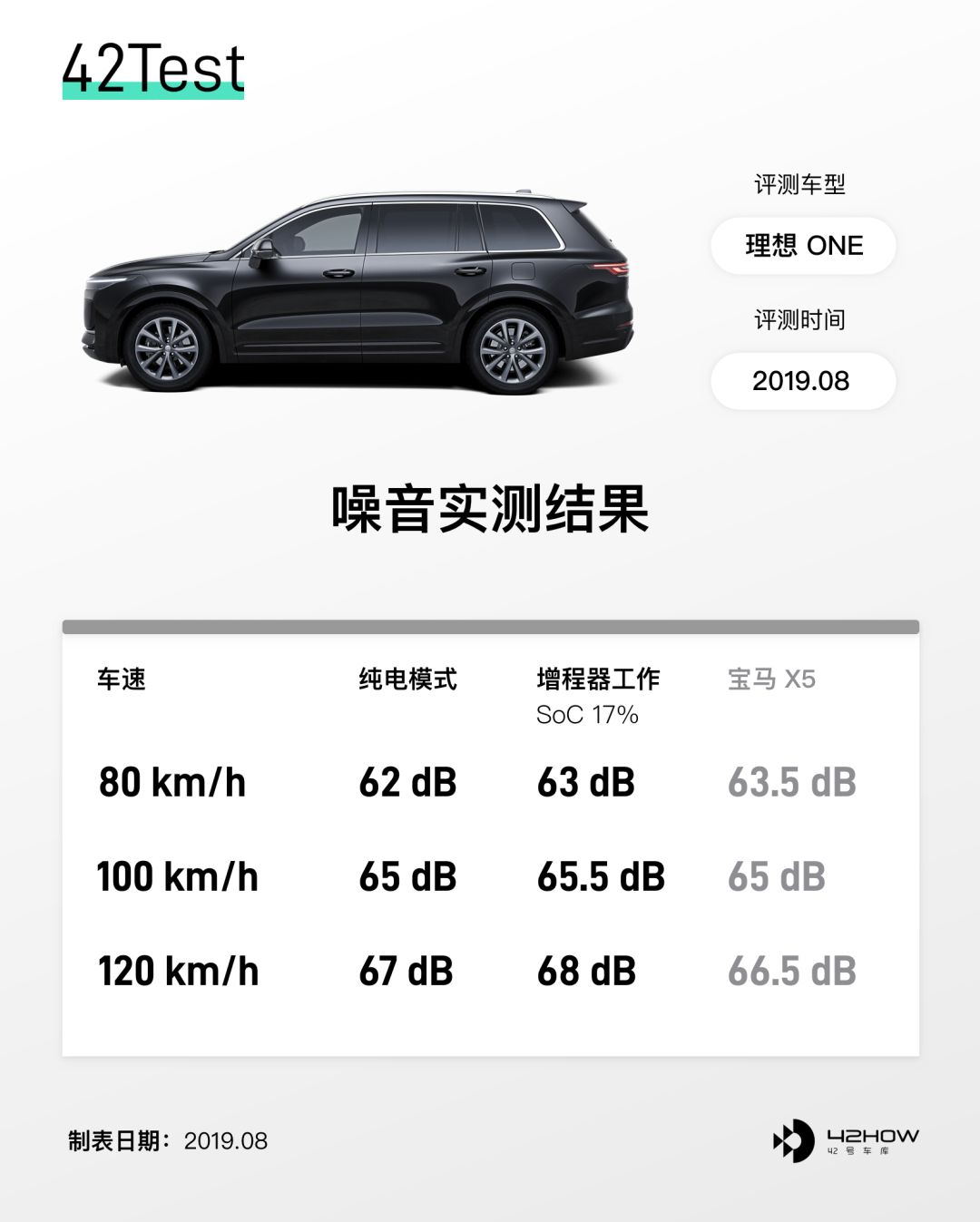
In the working condition of the range extender, the overall noise performance of ONE is consistent with the BMW G05 X5. In pure electric condition, the noise control at low speed driving is better than that of the BMW X5, but inferior when driving at high speed.
During daily driving, it is difficult to notice whether the range extender is engaged or not if you don’t pay attention to the energy flow on the instrument panel. It is even harder to notice if you are listening to music. However, if the range extender is started on the spot, you can feel vibrations similar to those of a traditional fuel vehicle at idle.
Q13: How is the overall driving feel?
A13: If we evaluate the mechanical quality of the Ideal ONE from the perspective of a new force in the automobile industry, I think it can receive a very high evaluation. However, if we evaluate it from the perspective of a traditional car manufacturer, there is still room for improvement in the tuning of the chassis, but there are not many problems in other aspects.
Q14: Has the interior workmanship improved compared to the Shanghai Auto Show? Where are the improvements?
A14: The current interior workmanship has improved significantly compared to the Shanghai Auto Show, and the perceived quality of the interior of the vehicle is very good.
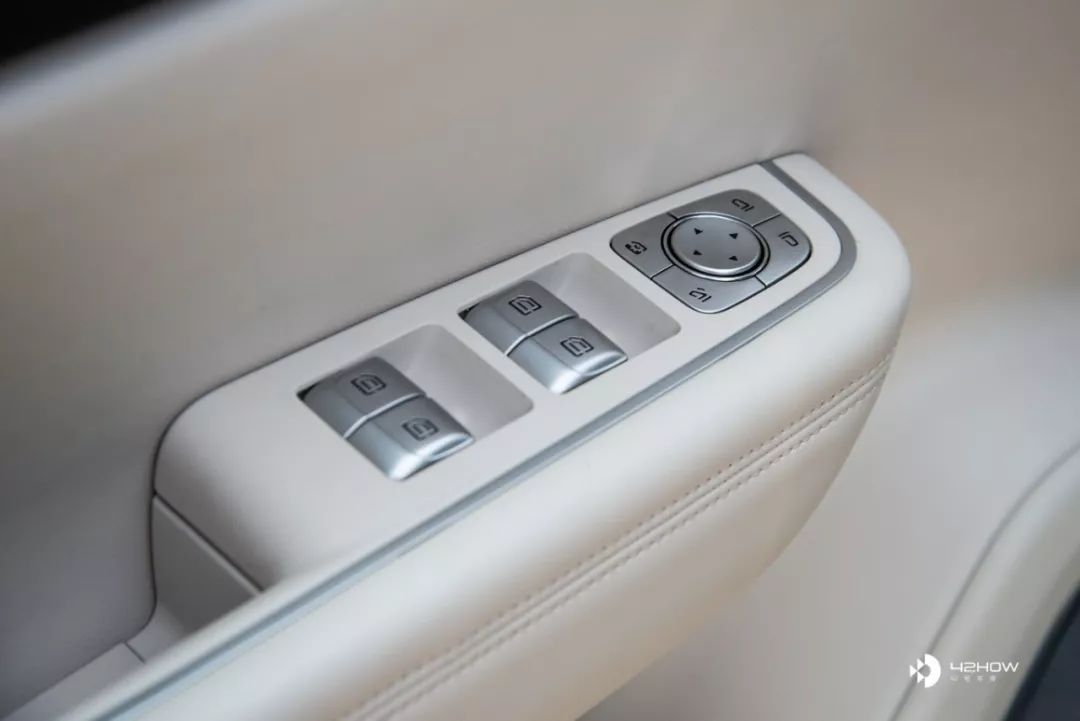
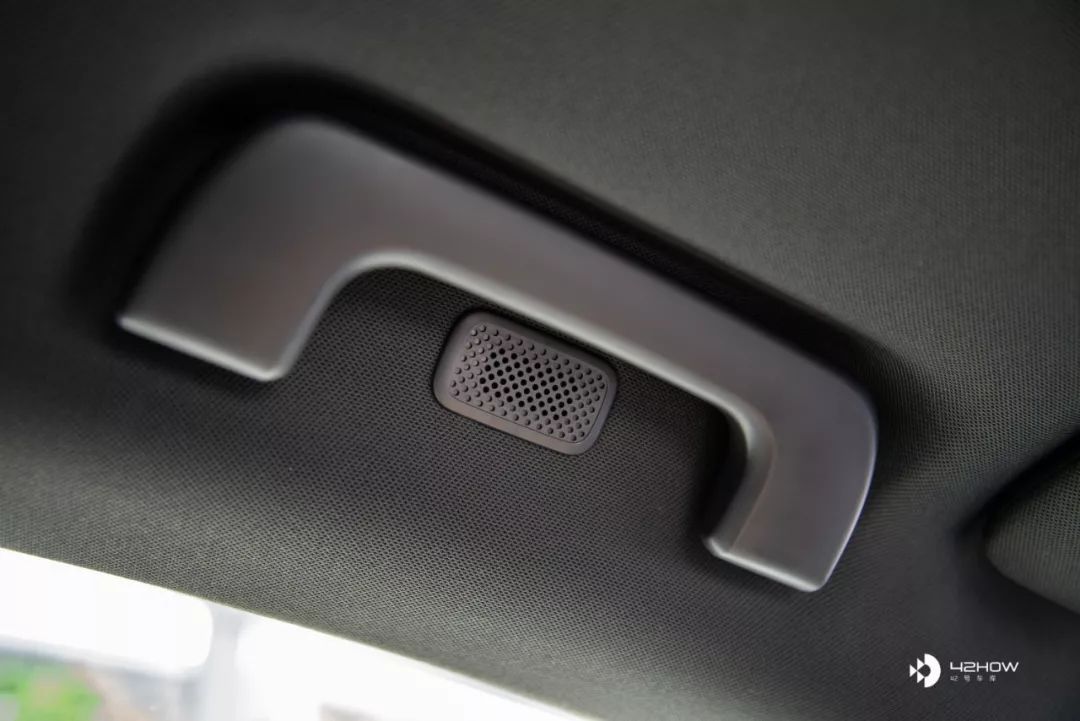

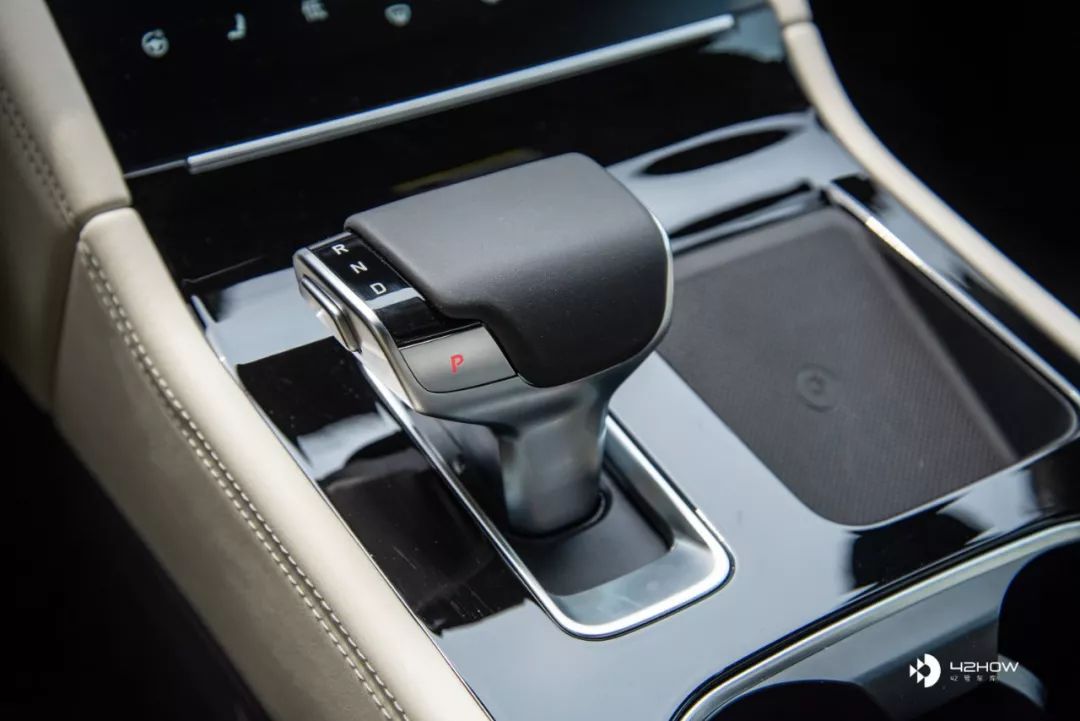
As for where the improvements are, I will show you through the pictures.
Steering wheel: First of all, let’s talk about what everyone is most concerned about-the steering wheel. The design has not changed much, but there have been some minor adjustments. The width of the chrome-plated trim is wider, and the workmanship has improved significantly compared to the Shanghai Auto Show. The NAPPA leather is very delicate, and the grip is very solid. At the same time, a grip force sensor has been added, which we will talk about in the next section on assisted driving. (Ps. The cover on the center of the steering wheel is not the final version yet.)
Interior color: The interior has changed from dark brown to light brown. Here are some real photos for you to feel it.

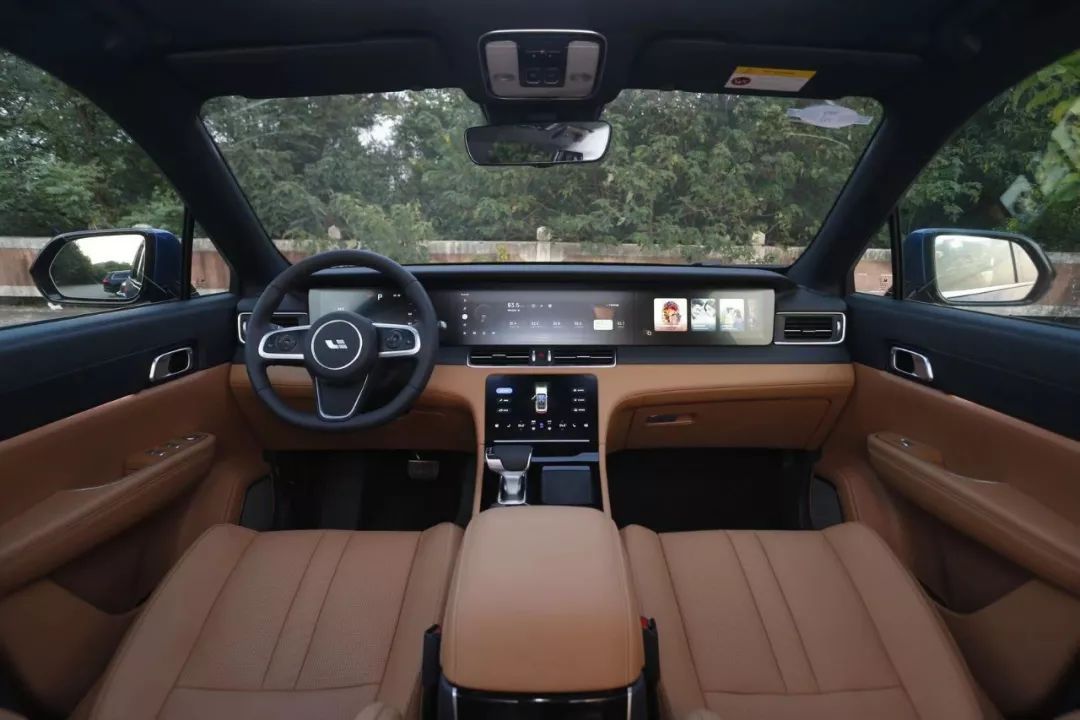
Dashboard material optimization: The area in the picture has added a soft foam layer under the leather, and the touch feeling has been greatly improved compared to the Shanghai Auto Show.
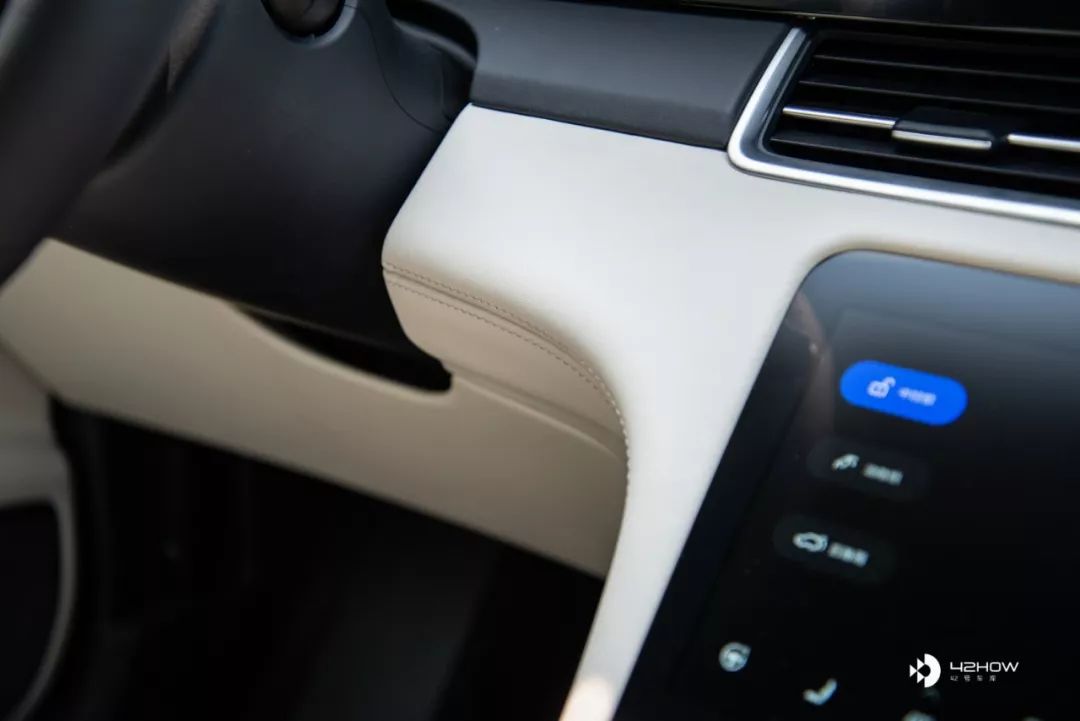
Seat adjustment: We will talk about the riding feeling of the seat later. Here are two small details. First, the adjustment button has changed from light black to a silver metallic texture. Second, the lower part of the seat decoration has been adjusted to match the color of the seat.
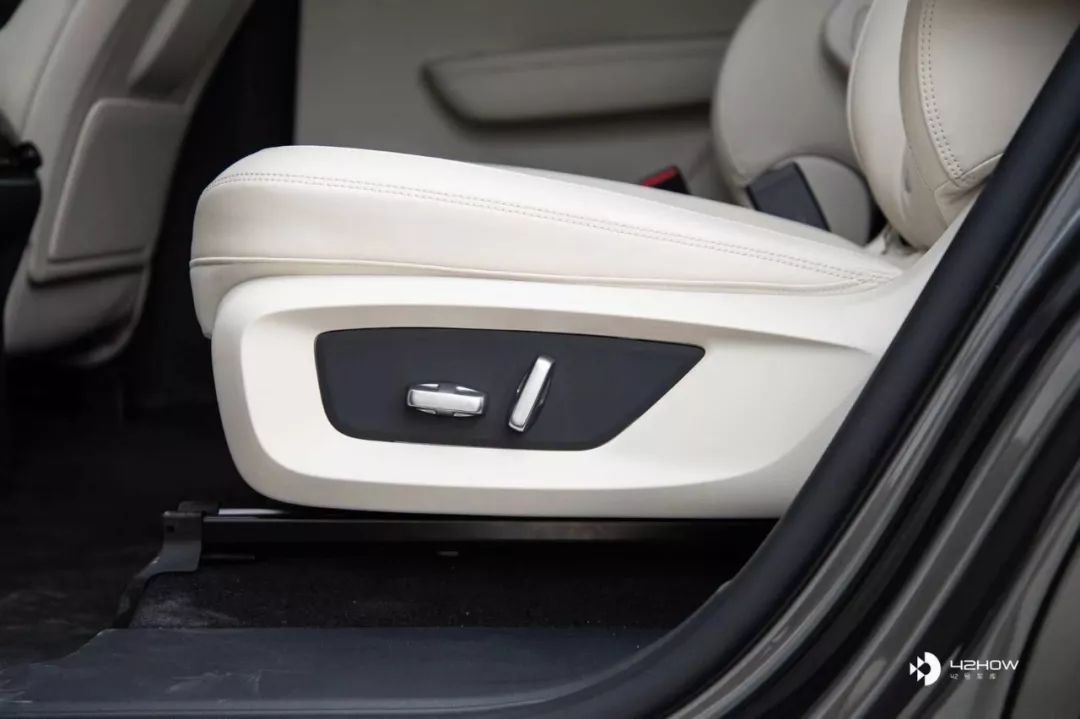
As for the book and magazine bags behind the seats that some netizens are concerned about, we will show you the pictures.
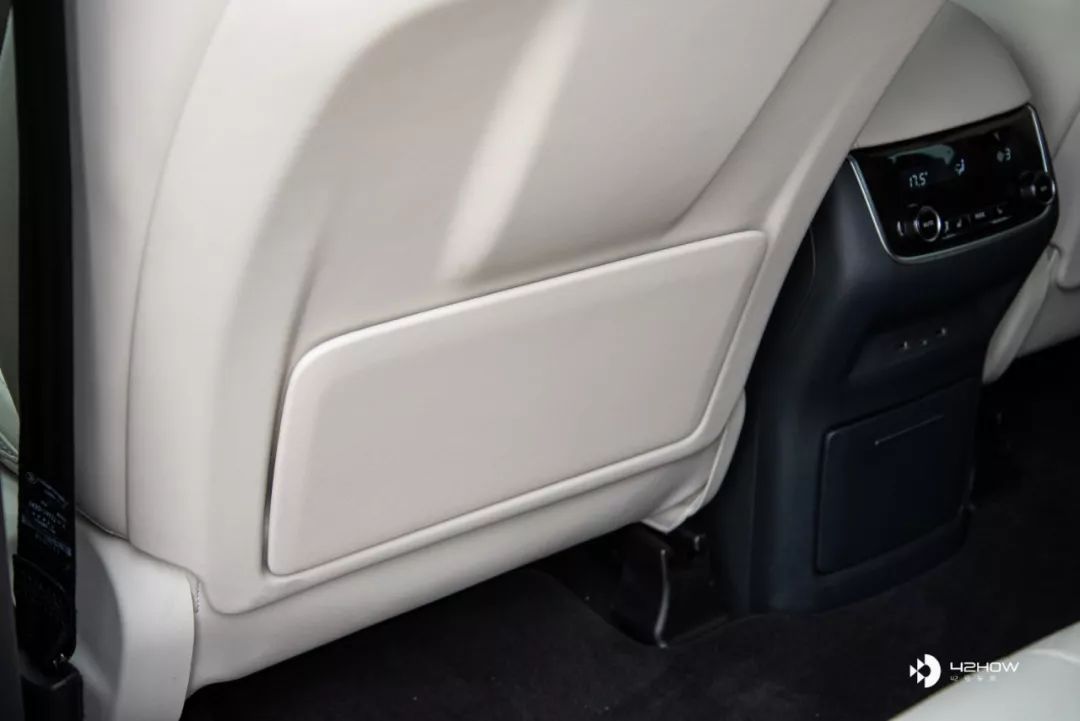
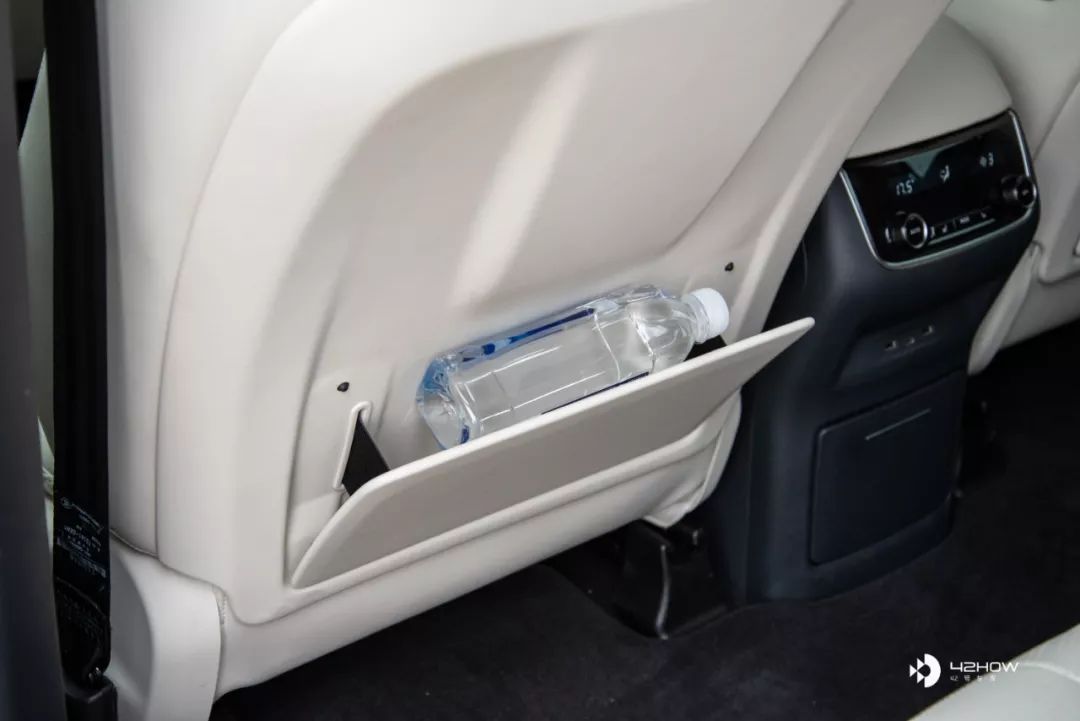

Q15: How comfortable are the seats? Are they comfortable to lie down on?
A15: There will be some minor adjustments to the seats in the mass-produced models, but the overall feel will not change much. The four seats in the first and second rows are very spacious, with adequate leg support. The second-row seat cushions are slightly softer than the first-row ones, with a moderate softness and hardness. The backrest is slightly hard, but the shape of the seat back fits very well with the back of the rider.Ps. The ventilated seats are now whispering cool air.

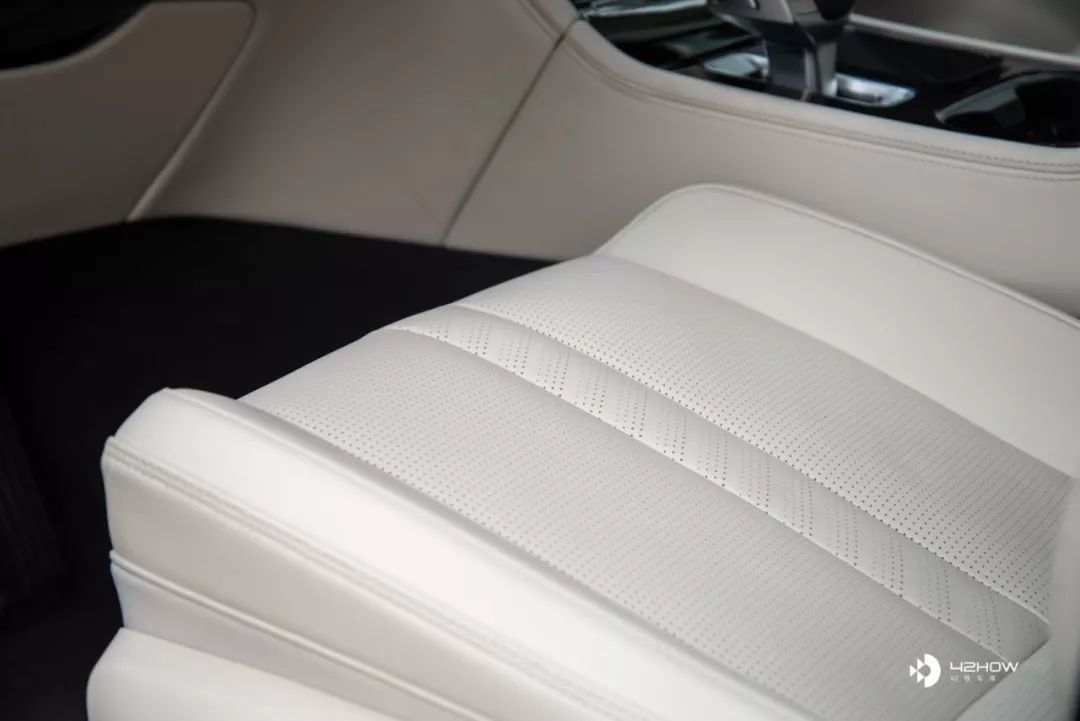
The front passenger seat and the second row seats also come with soft headrests. Coupled with the second row’s dual armrests and large windows, long distance journeys are very comfortable and pleasant. However, the dual armrests also bring about a problem, it is difficult to adjust the seat after putting down the armrests. It would be better if the left seat adjustment button can be adjusted to the right side of the seat, same goes for the right seat.

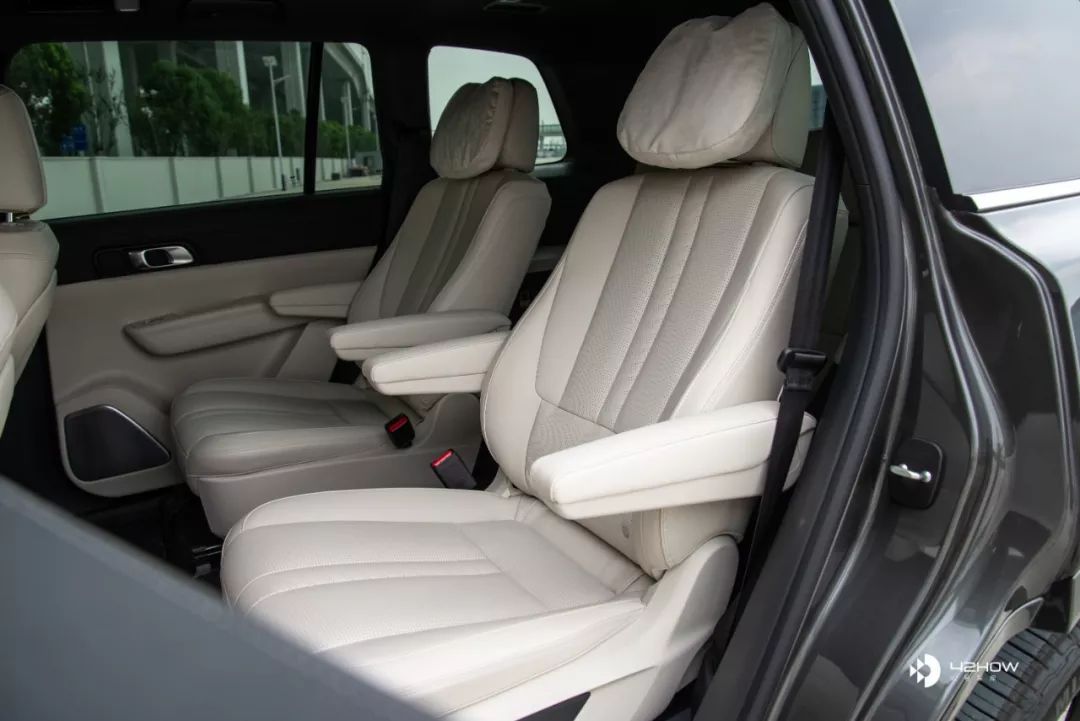
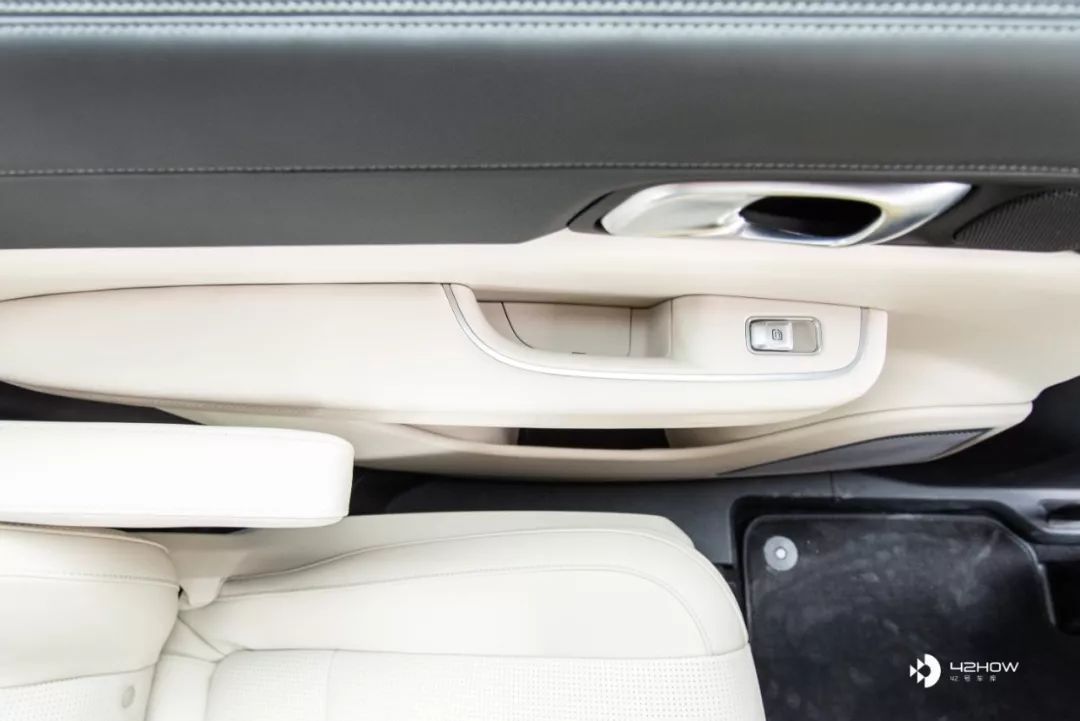
The seat cushions on the third row are thicker than those on other SUV models of the same level, but due to the high floor height, the sitting posture is still the same as third-row seats of other SUV models. Also, the second-row seat rail is located in the middle of the third-row seat, so if an adult male sits there, his legs can only lean left or right, and the sitting posture is not particularly comfortable.
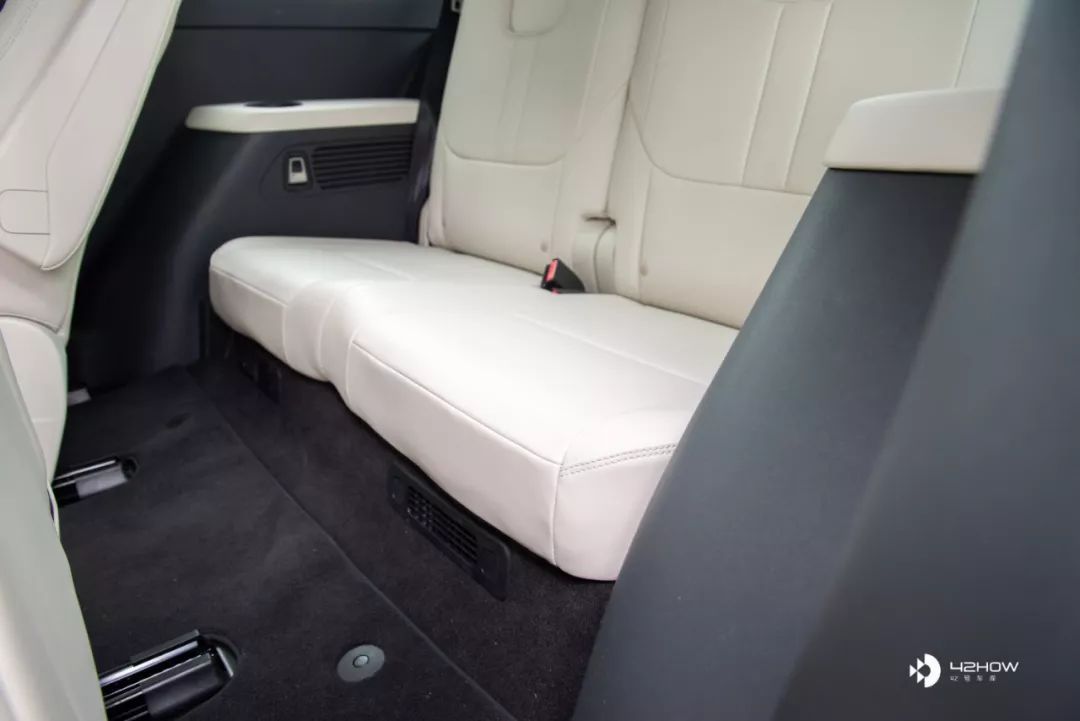
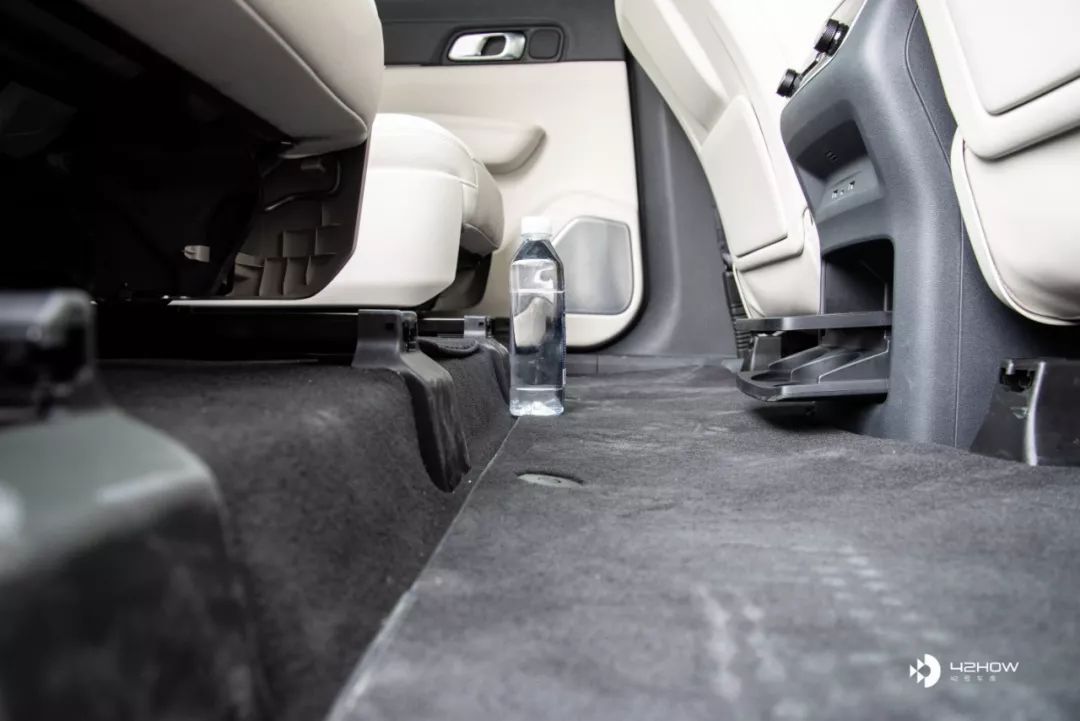
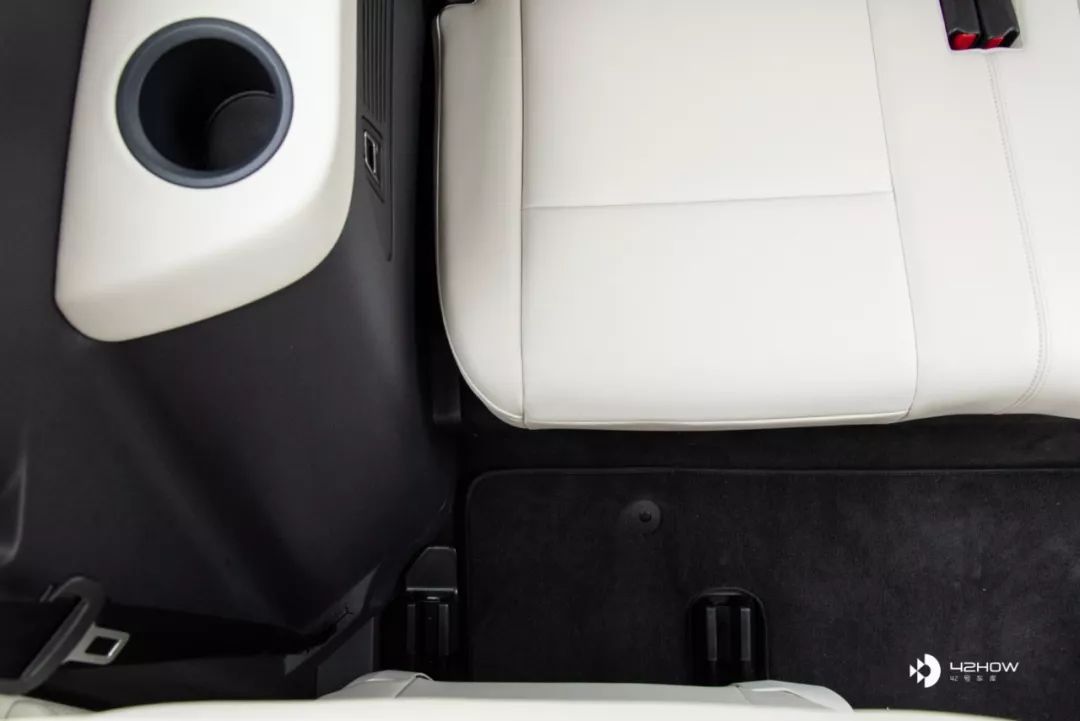
Q16: What about the space in the second and third row? Is the back seat flat enough when folded down? Please also show the space for the 7-seater version.
A16: Without using the third row, the space in the second row is very spacious, and the aisle is also very wide.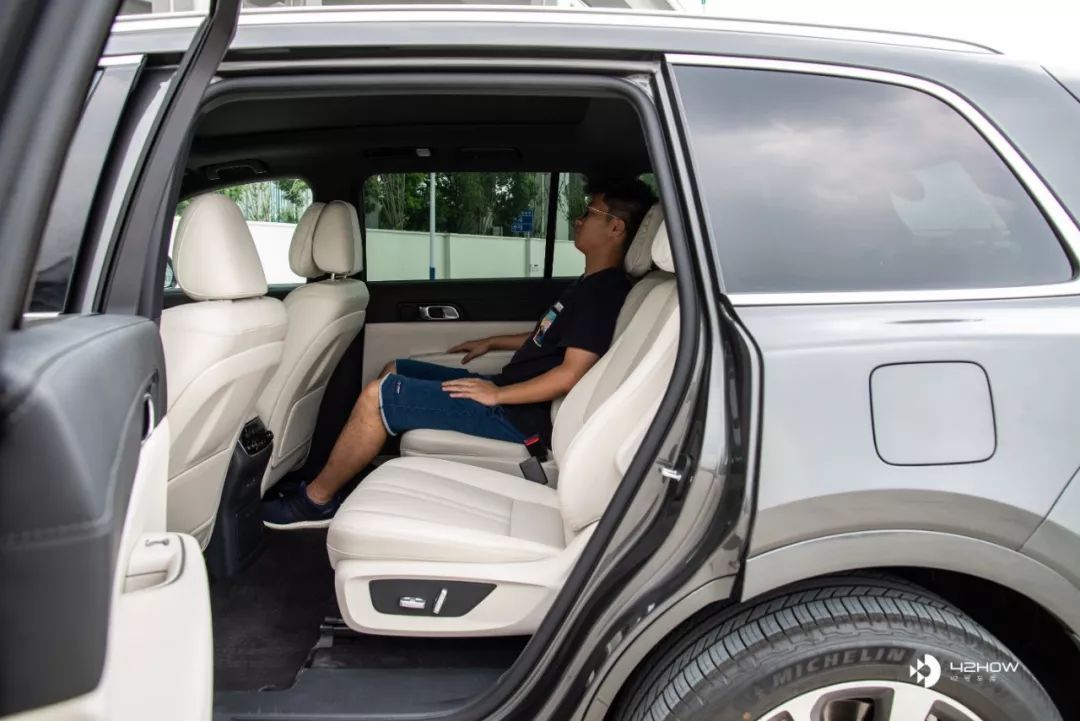
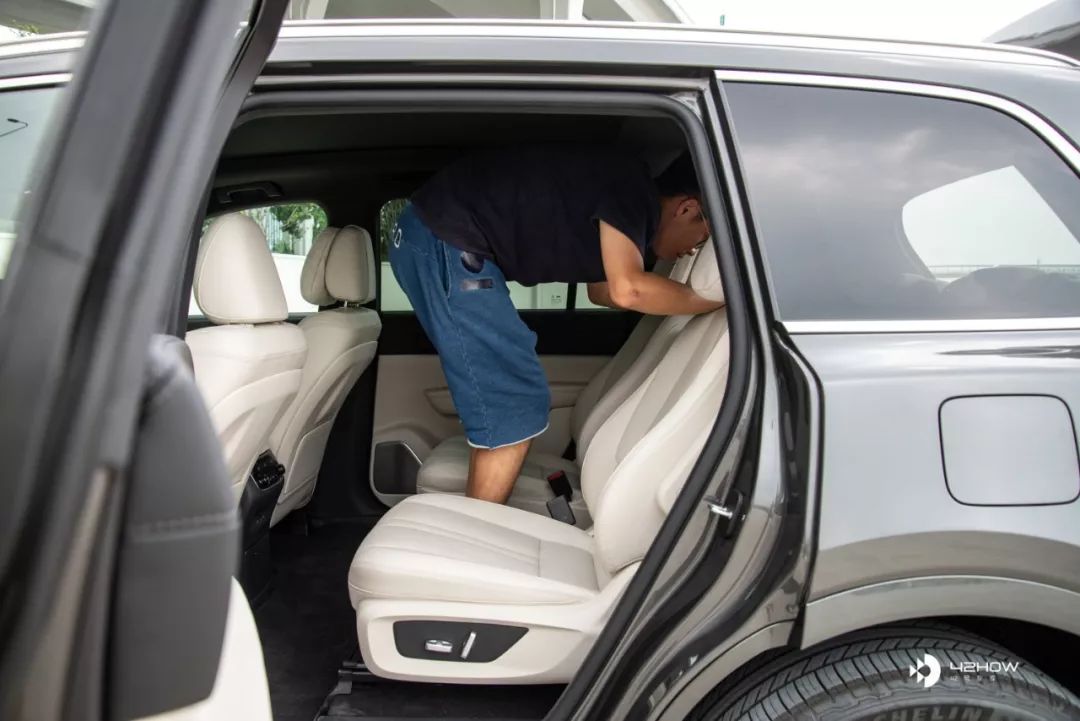
When sitting in the second row with a leg room of more than a fist’s width (174 cm tall, 70 kg), the third row can just fit me, but with little leg room. The headroom is spacious and fortunately, the side windows are large, so there is no strong sense of oppression.

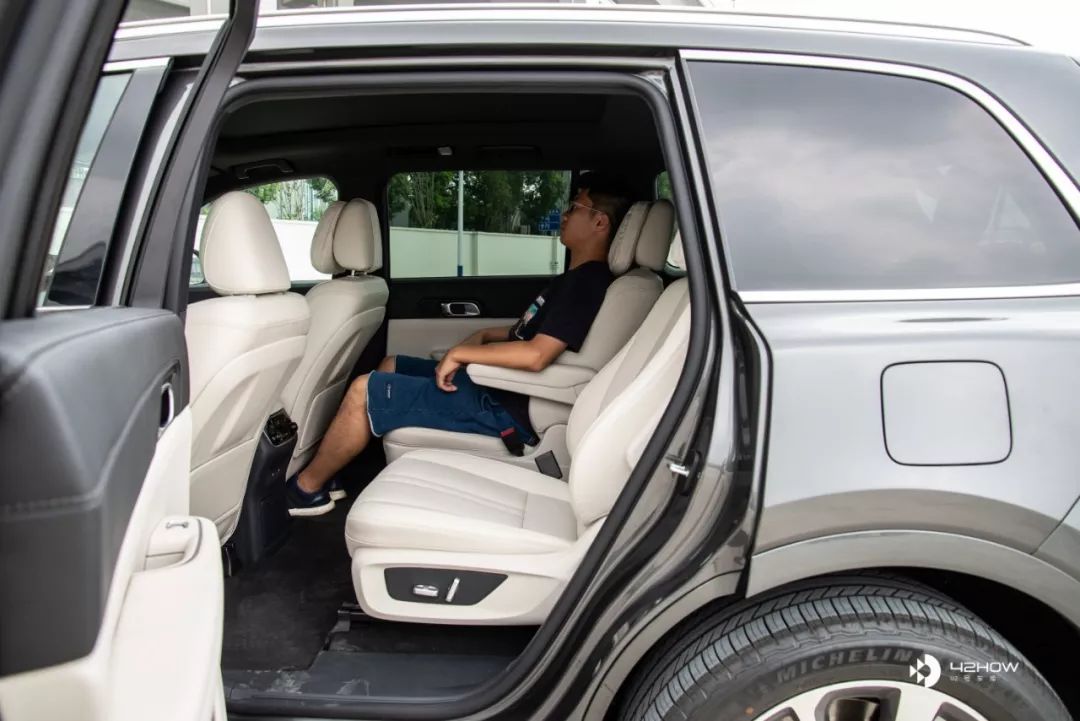
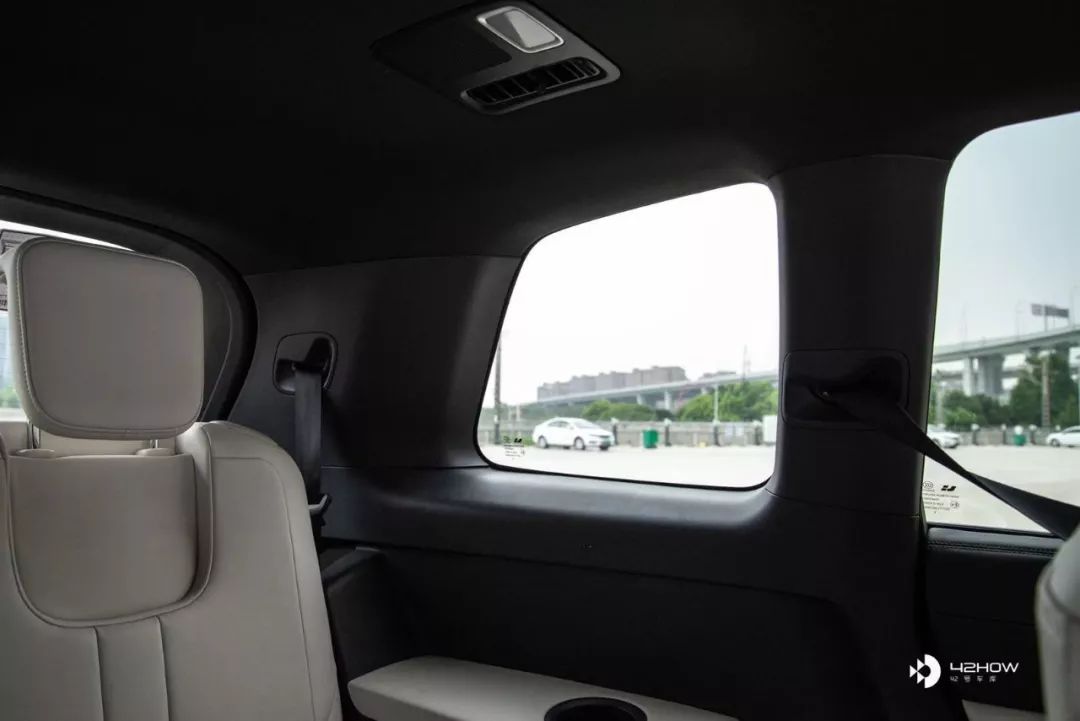
In addition, the armrests for the third row of Ideal ONE are wrapped in soft leather and equipped with two Type-C interfaces, which is very advanced.
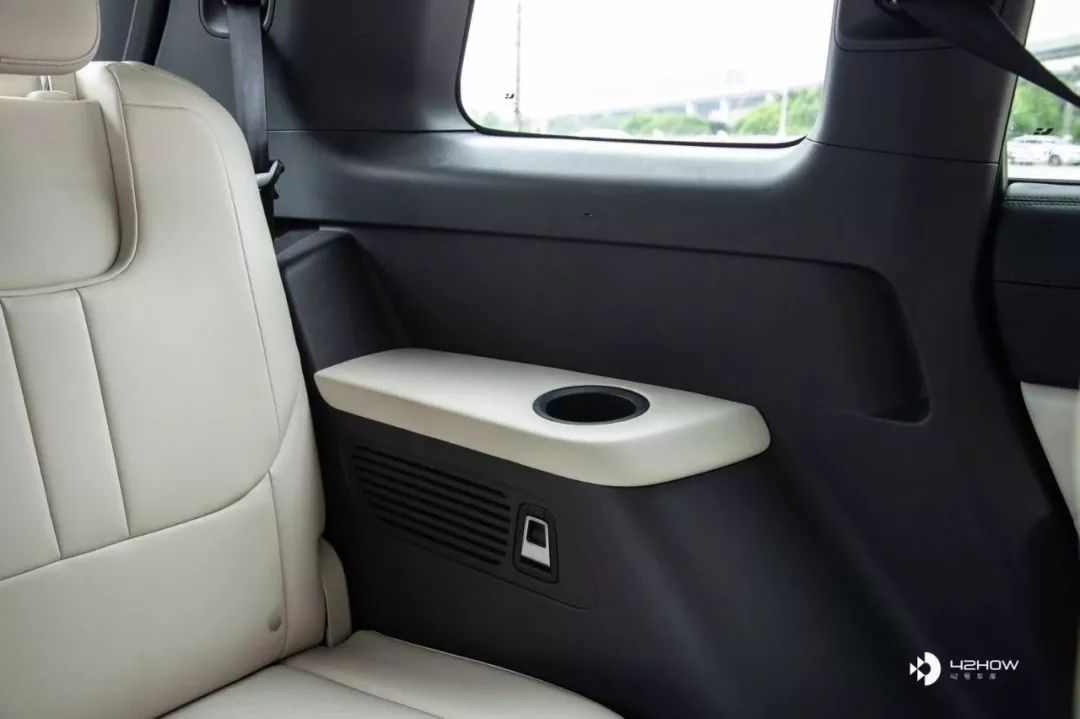
When the third row of the 6-seater version is folded down, it can form a nearly flat trunk space, but the second row of seats cannot be folded down. The test drive vehicles provided by the manufacturer were all 6-seaters, and unfortunately, there were no 7-seater versions available on site, so we could not show the space of the 7-seater version.


Q17: How is the performance of the assisted driving?A17: To start with a simple conclusion, with the perception hardware equipped on the Ideal ONE, comprehensive ADAS functions have been achieved, and all advertised functions can be realized upon delivery. We personally experienced this and found the actual driving experience to be very similar to Tesla’s AP 1.0, which far exceeded our expectations.
The ADAS system of Ideal ONE consists of one front monocular camera, one front millimeter-wave radar, four surround-view cameras, and twelve ultrasonic radars.
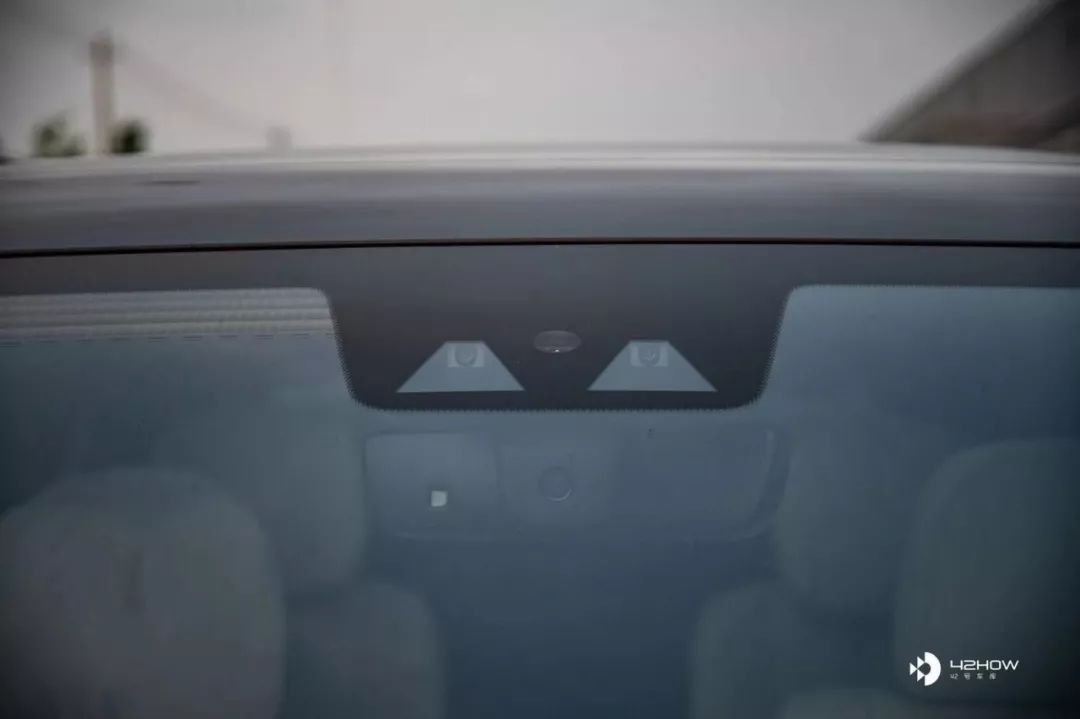
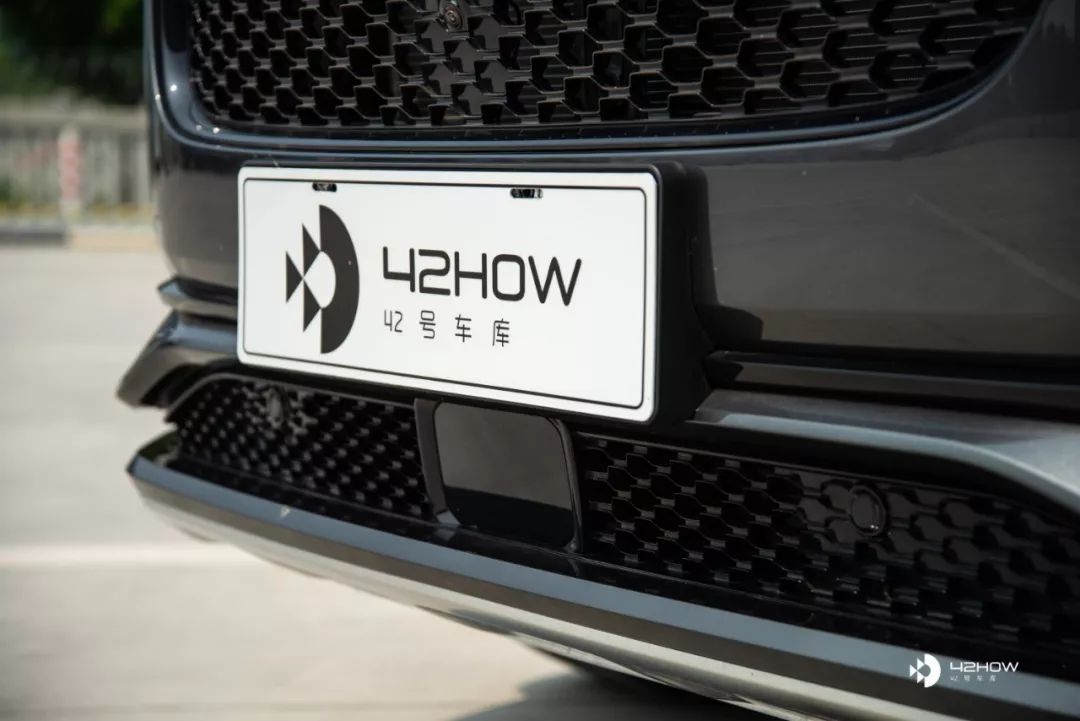
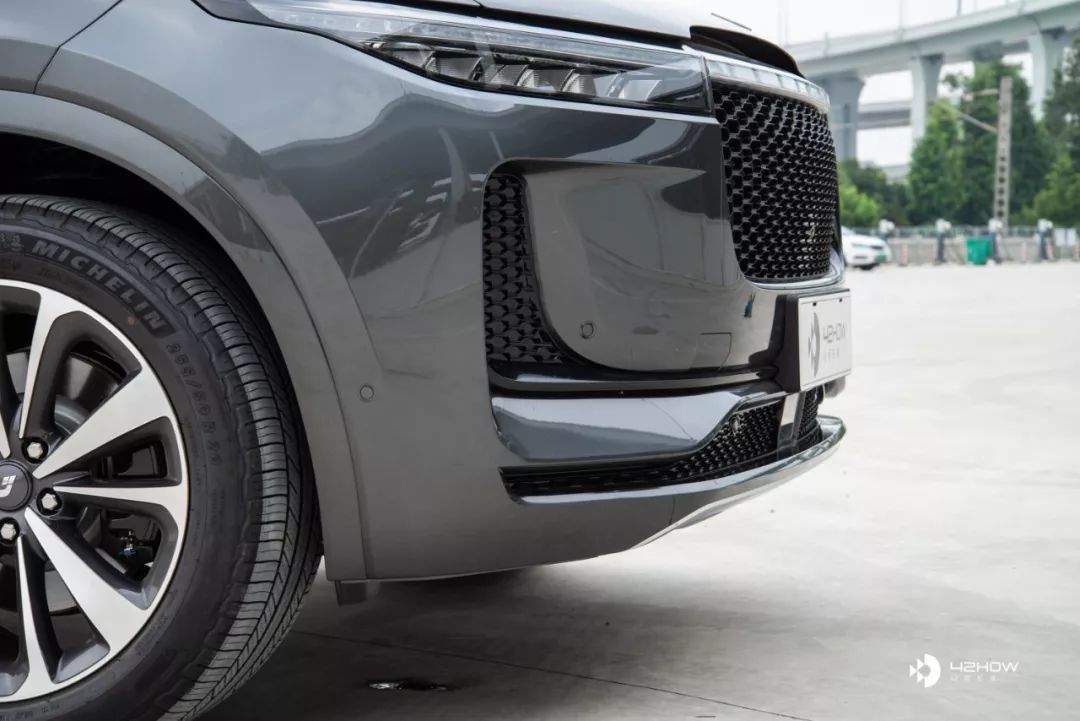
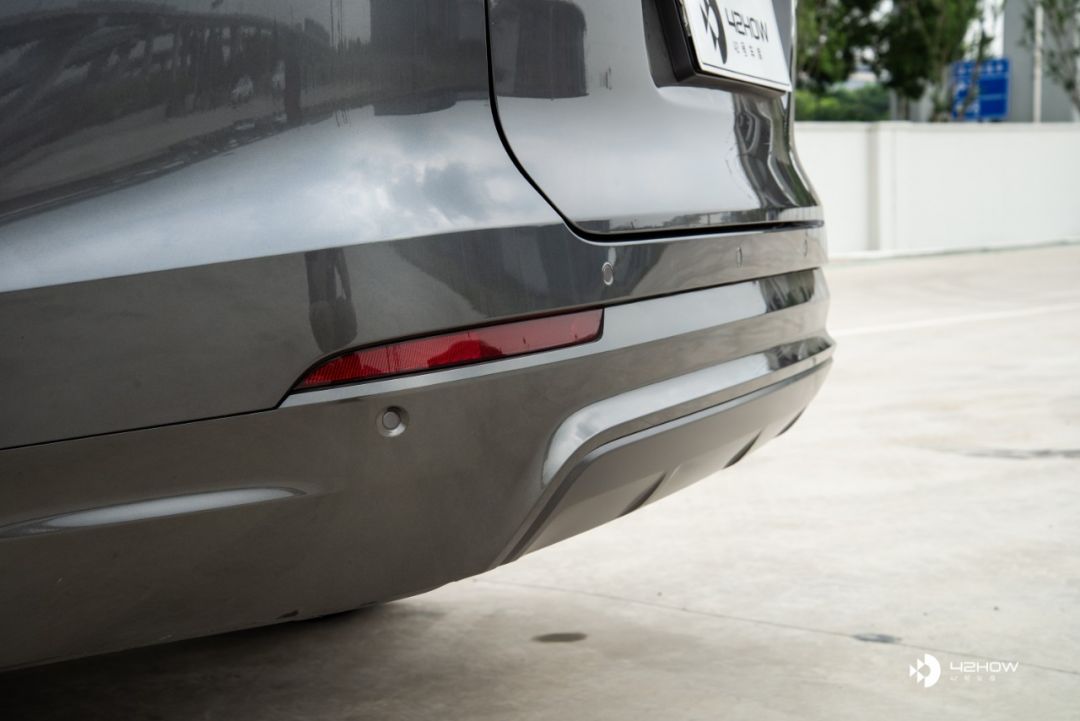
Although it looks like a set of dual front cameras in the photos above, only one camera is involved in the ADAS driving assistance system. The data processing of this camera is done by the Mobileye Eye Q4 chip.
The other camera is used to collect road information, and the system will transmit this information back to optimize the ADAS system further. This is somewhat similar to Tesla’s shadow mode.
When the system recognizes the lane lines, the automatic driving assistance system can be turned on by the lever on the right side of the steering wheel. Pulling it once activates ACC automatic follow-up, and pulling it twice activates the automatic driving assistance system.
The Ideal ONE’s front monocular camera is quite accurate in recognizing vehicles, and can identify four types of vehicles: pedestrians, two-wheelers, sedans, and trucks. Additionally, ONE’s recognition of clear lane lines is also very good, but without lane lines, ONE has difficulty using simulated lane lines like road studs.
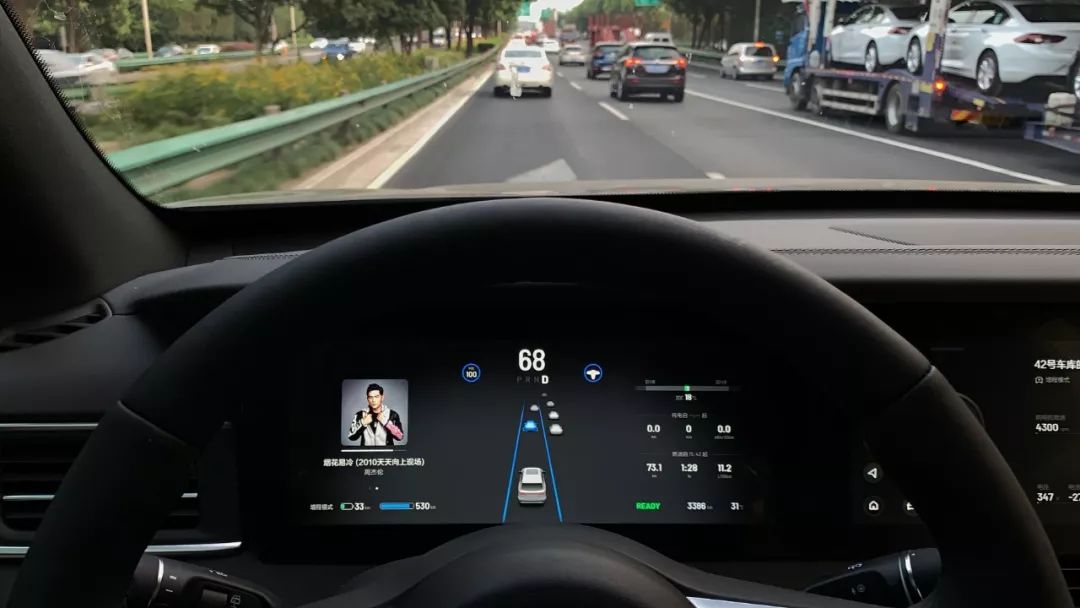
Furthermore, the Ideal ONE can display the world it sees through the dashboard, which makes the driver feel confident using it.When it comes to vertical control, the deceleration combined with energy recovery of the Ideal ONE is very impressive, which effectively reduces vehicle energy consumption during high-speed driving. Additionally, within 120 seconds after actively stopping the vehicle, Ideal ONE is capable of automatic follow-up driving, which proves to be very practical in situations where traffic congestion arises in a loop.
As for horizontal control, Ideal ONE can handle the bends of Shanghai Loop, but there are some larger-curved ramps that Ideal ONE cannot pass through.
Regarding horizontal control, Ideal ONE also supports automatic lane changing through turn signal activation. Although ONE does not have a rear millimeter wave radar, it relies on ultrasonic radar to realize automatic lane changing, which is relatively advanced. During usage, the driver must first ensure the safety of the lane before activating the turn signal to initiate automatic lane changing, and the whole process of lane changing is very smooth and decisive.
It is worth mentioning that Ideal ONE is equipped with not only a torsion sensor for the steering wheel, but also a whole-circle grip force sensor for monitoring. Compared with models that are only equipped with a torsion sensor, ONE has a lower probability of misreporting, resulting in a better driving experience for ADAS.
Lastly, regarding interactions, a large portion of Ideal ONE’s instrument panel is allocated to display information related to ADAS, which provides a visually engaging experience. However, there is room for improvement in terms of auditory interactions, as the sounds indicating the initiation and termination of ADAS are not prominent enough. Moreover, there are still minor bugs in the prompt sounds, which hopefully will be further optimized in mass-produced versions.
To summarize the ADAS of Ideal ONE, all ADAS functions are delivered along with the vehicle. The perception hardware of ONE has already realized a comprehensive range of ADAS functions, and the actual driving experience is relatively satisfactory, albeit small issues in the auditory interactions.
Q18: How about the automatic parking ability?
A18: Due to time constraints, we did not have sufficient time to conduct a comprehensive test of the automatic parking system. However, we would like to highlight that the performance of Ideal ONE’s 360-degree panoramic view camera is excellent, and although the picture quality is not outstanding, the splicing of the four surrounding cameras and the distortion control of the lens are done very well. Coupled with 12 ultrasonic radars surrounding the vehicle, there is no need to panic even when passing through narrow roads.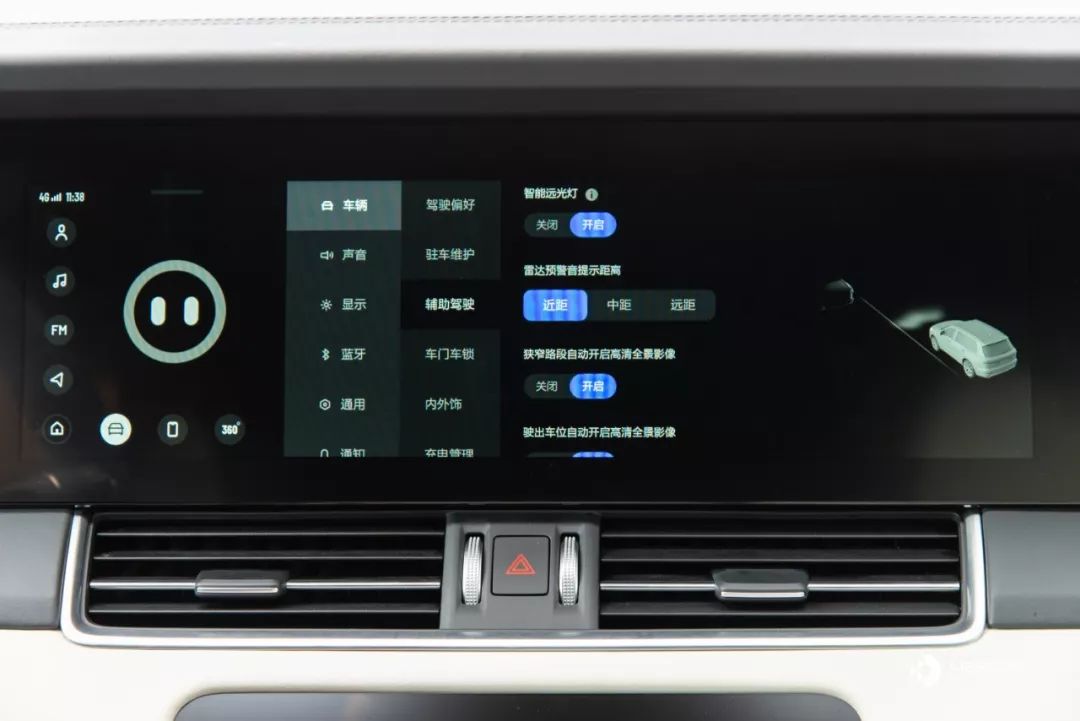
Q19: How is the experience of four-screen interaction?
A19: The four screens of Idean ONE can be divided into two groups. The instrument screen and the air conditioning control screen are responsible for displaying and controlling the vehicle driving related settings, using Texas Instruments J6 processor, and the system is based on Linux. The central control screen and the co-pilot screen are responsible for displaying vehicle navigation and entertainment systems, using Qualcomm 820A processor, running memory 8G, storage capacity 64G, and the system is based on Android Automotive.
The speed of waking up the four screens is very fast. After unlocking the vehicle and opening the door, the car machine is in a usable state.

Let’s take a look at the instrument screen first.
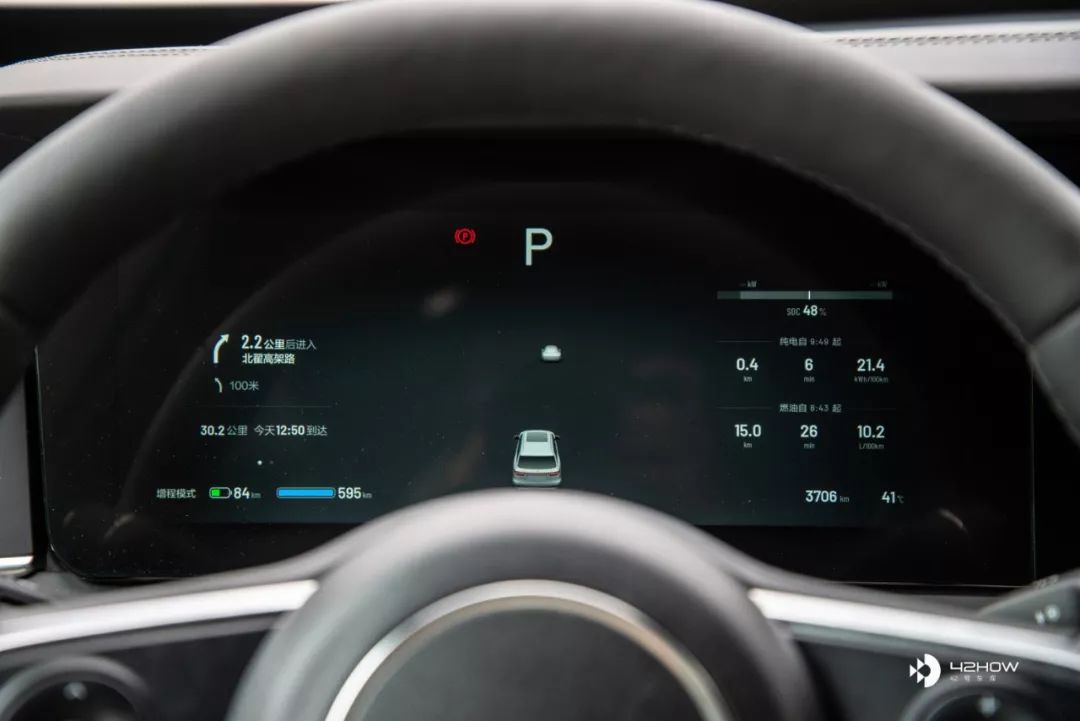
The content displayed on the instrument screen can be divided into three parts. The left side is for displaying navigation/music information, the middle is for displaying ADAS assisted driving information, and the right side is for displaying the vehicle’s cumulative mileage and energy consumption. At the top, you can also see the remaining battery power, the maximum output power of the vehicle, and the maximum regenerative braking power.
The division of displayed content is reasonable, but the display style is relatively single, and it will not switch the display style according to changes in driving mode. In addition, there is still room for improvement in UI design and animation effects.
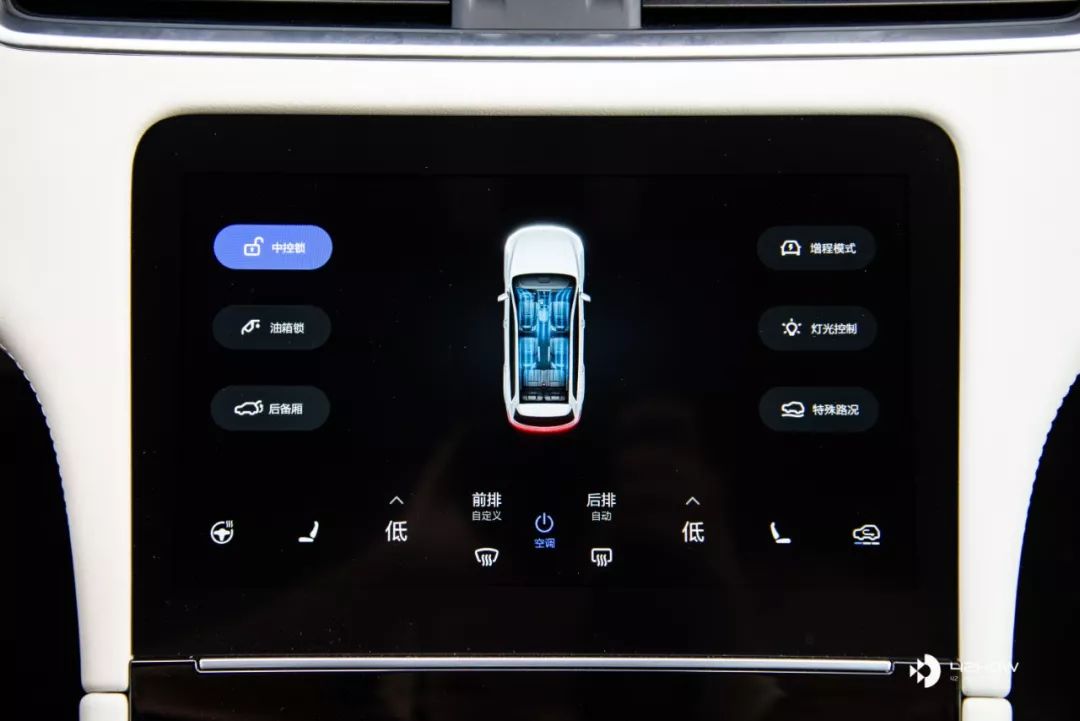
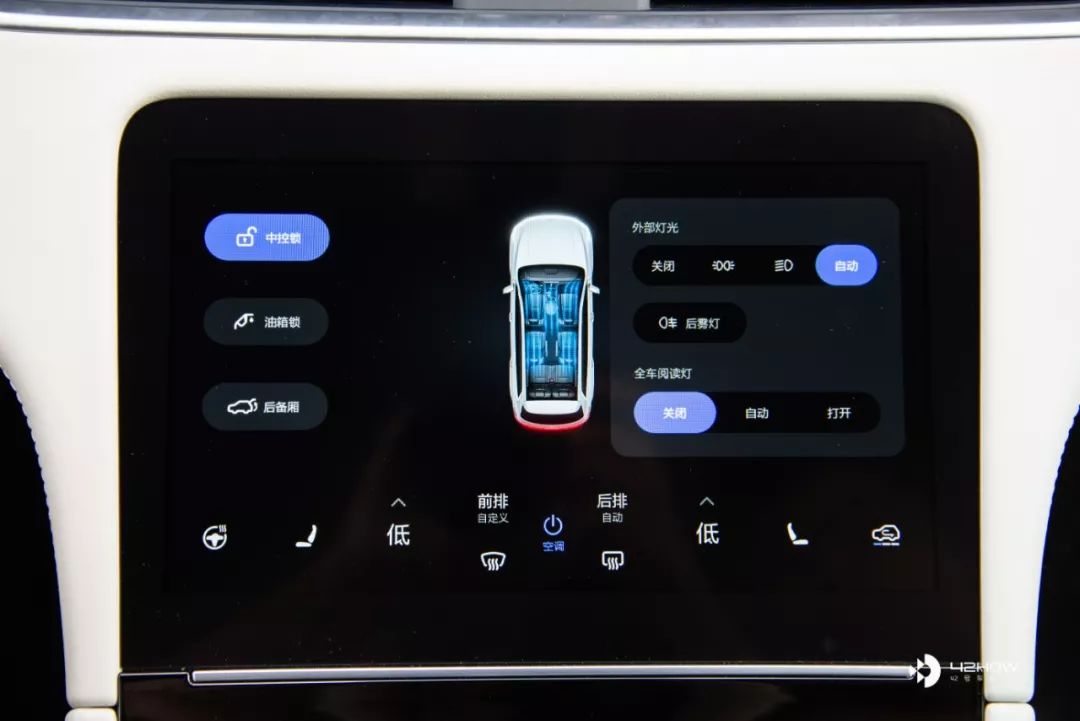
The UI design of the air conditioning control screen is very simple, the functional layout is reasonable, and it is easy to use. Simply swipe up and down on the main screen to adjust the air conditioning temperature, swipe left and right to adjust the air volume, and it can achieve a certain degree of blind operation.
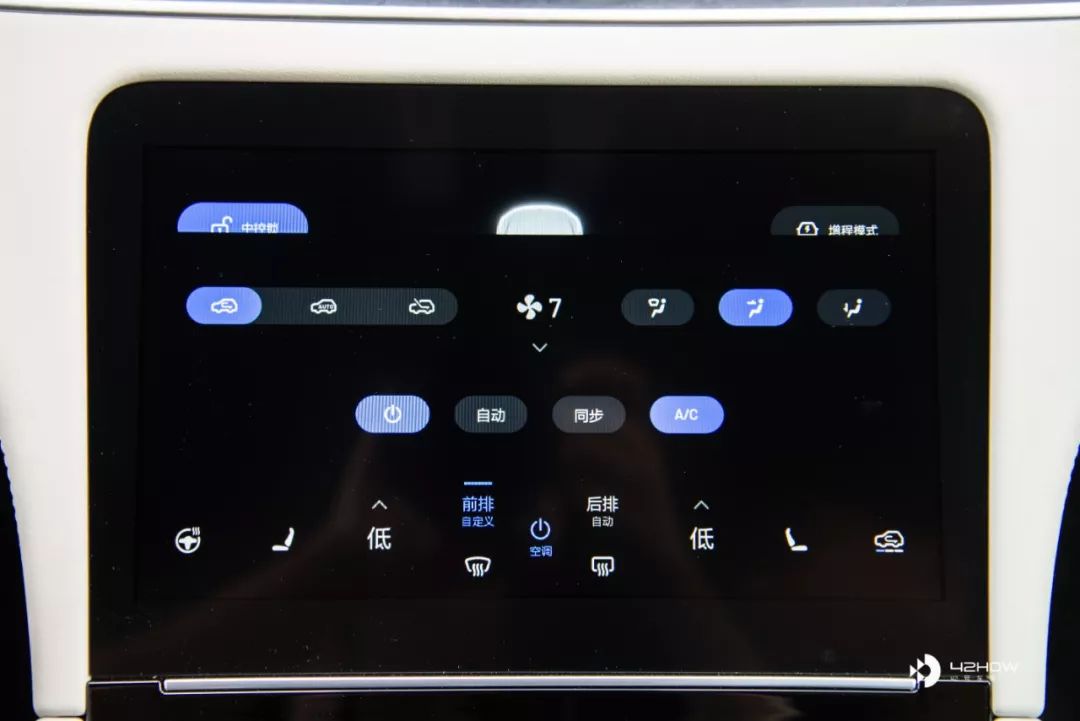
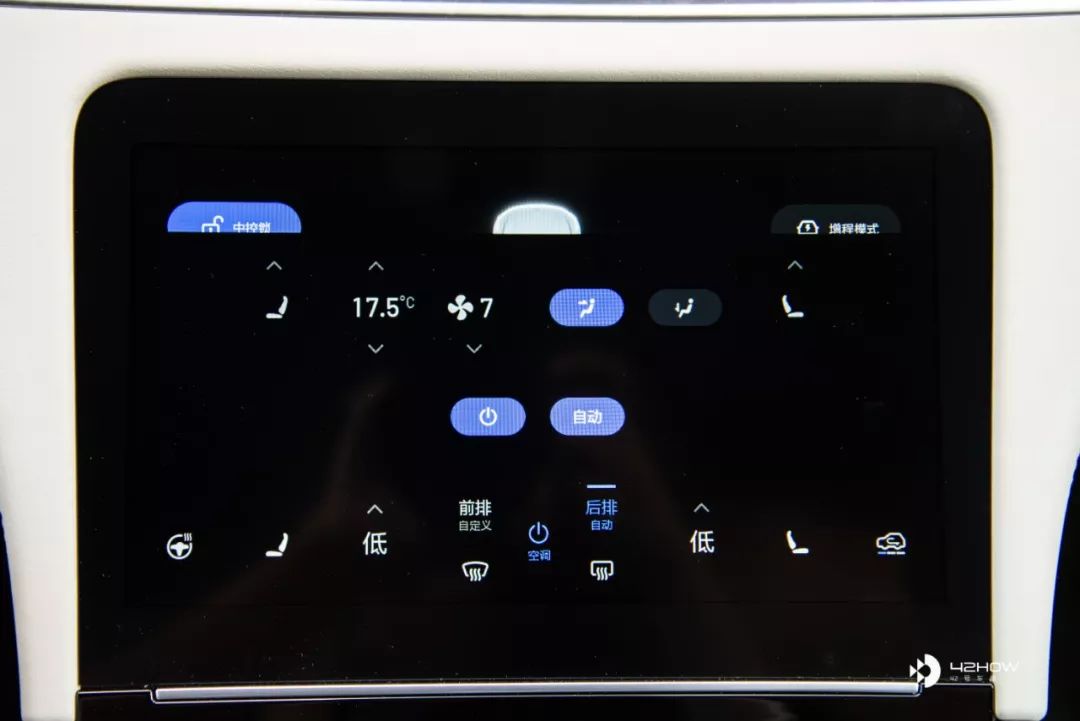
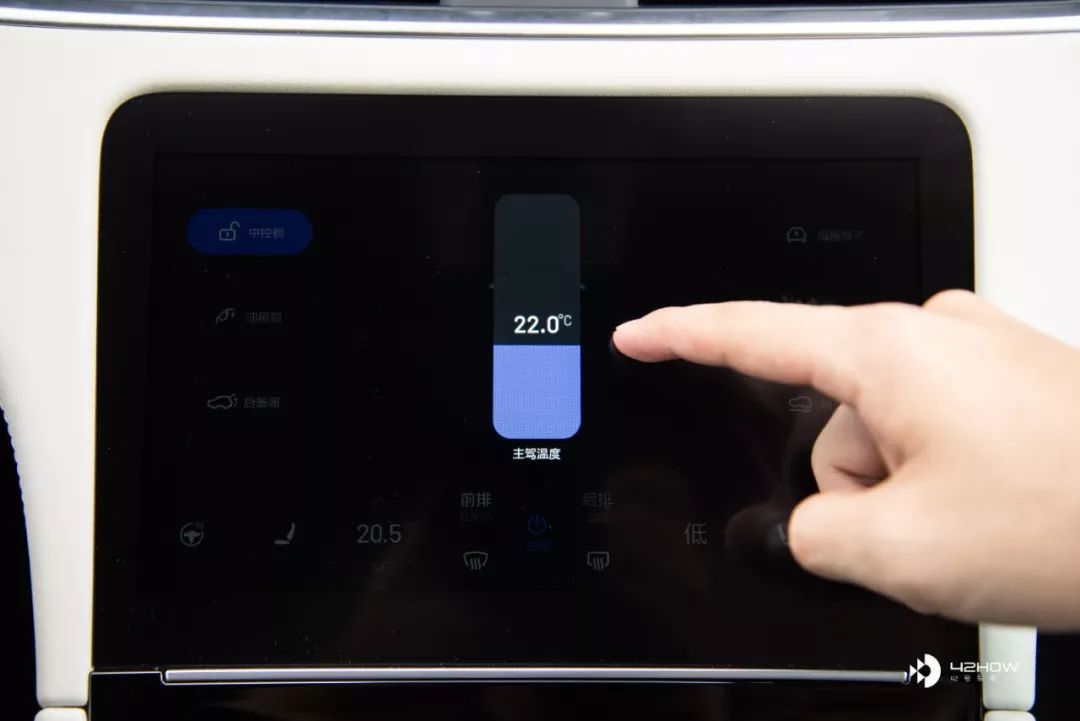
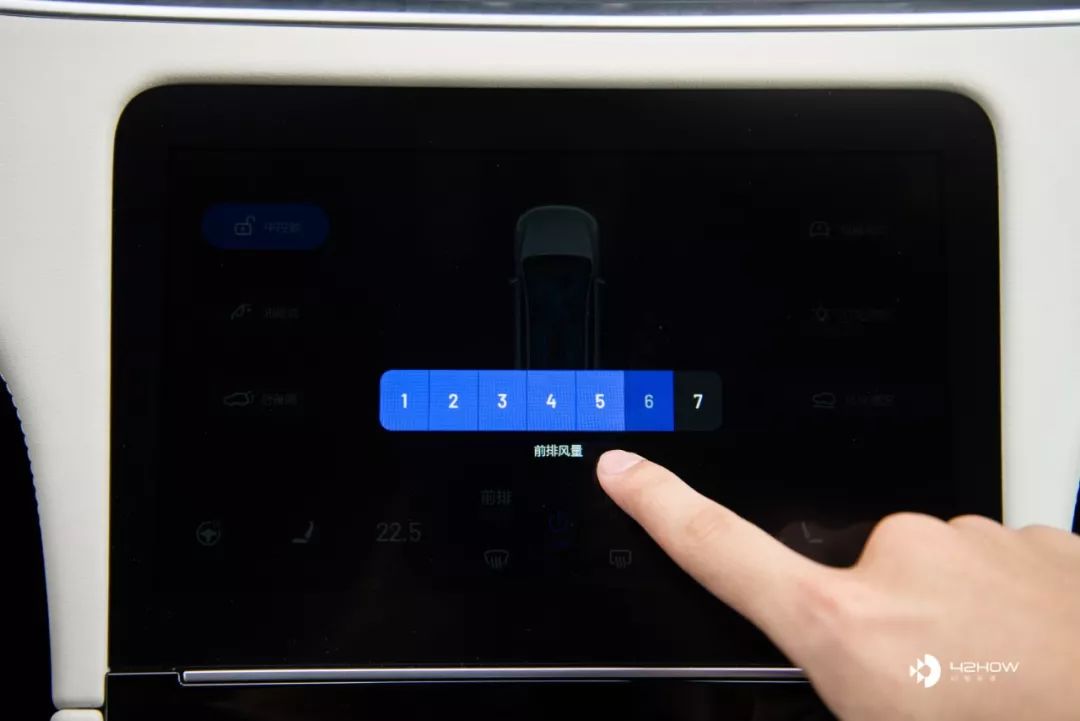
The central control screen size is 16.2 inches. The left-hand side row of L-shaped buttons is the dock bar, which includes commonly used functions such as navigation, music, radio, vehicle settings, and 360° panoramic view, making it convenient to use. The right-hand side adopts a card-style design, which allows users to adjust the order of the cards based on their own preferences.

Although the left-hand dock bar is convenient to use, during driving, it can be partially obstructed by the steering wheel, making it necessary to tilt one’s head to see and use it. It is difficult to glance at it using peripheral vision.
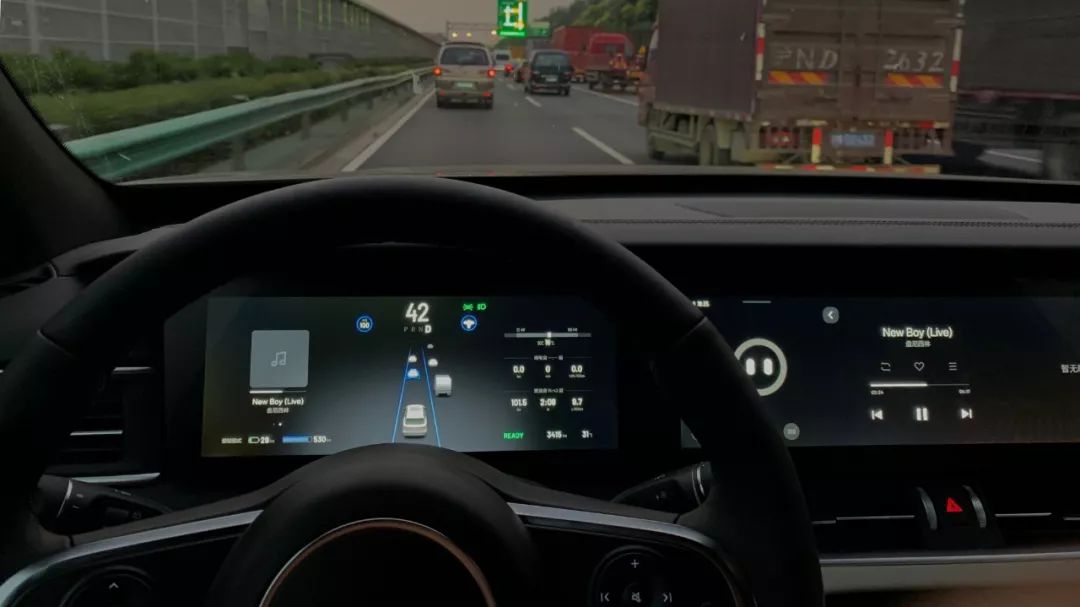
After entering a specific function, users can return to the main interface by clicking the house icon on the left-hand dock bar, or by using a three-finger downward swipe gesture, which is quite convenient. Moreover, swiping down on the left-hand side of the screen can access a shortcut control panel similar to that of an iPhone, which is very convenient.
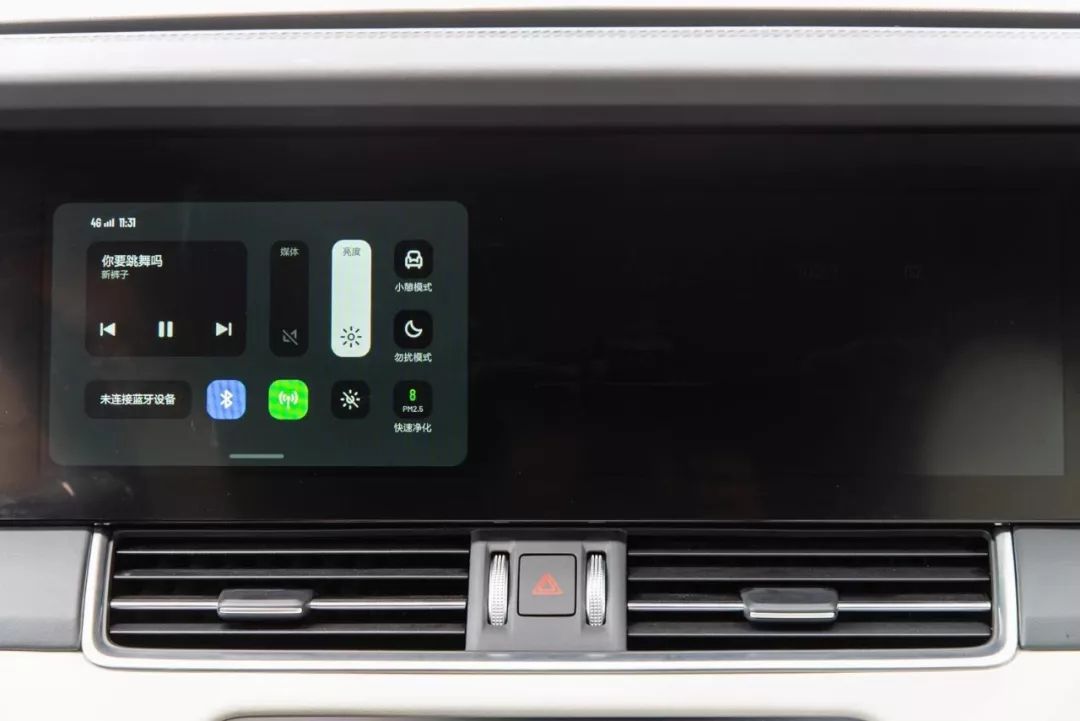
In terms of functionality, the in-vehicle navigation system on the Ideal ONE currently supports Amap and Tencent maps. Baidu maps, which many users are looking forward to, are not yet supported, but will be available through an OTA update soon.
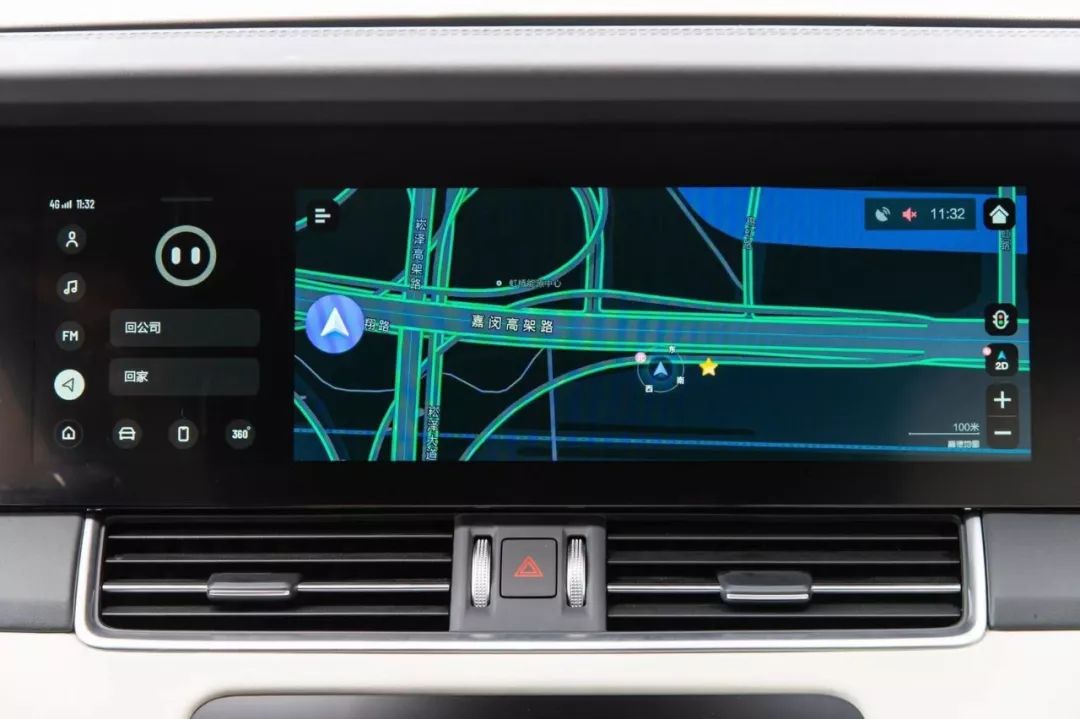
As for music, Ideal did not choose to directly use QQ Music or NetEase Cloud Music. Instead, they have built their own “Ideal Music” platform, with music provided by Kuwo Music. Since Kuwo Music and QQ Music share the same music library, songs that can be found on QQ Music are also available on Ideal Music.
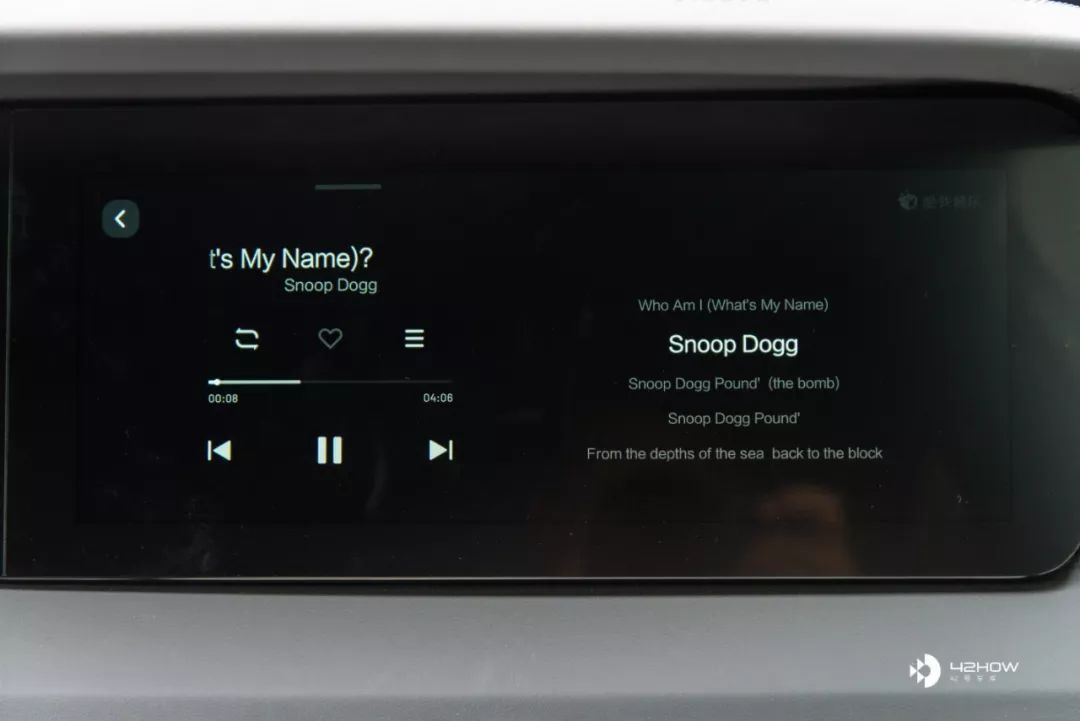
In addition, the configuration and information display of the vehicle are shown in a very comprehensive way in the ideal ONE.
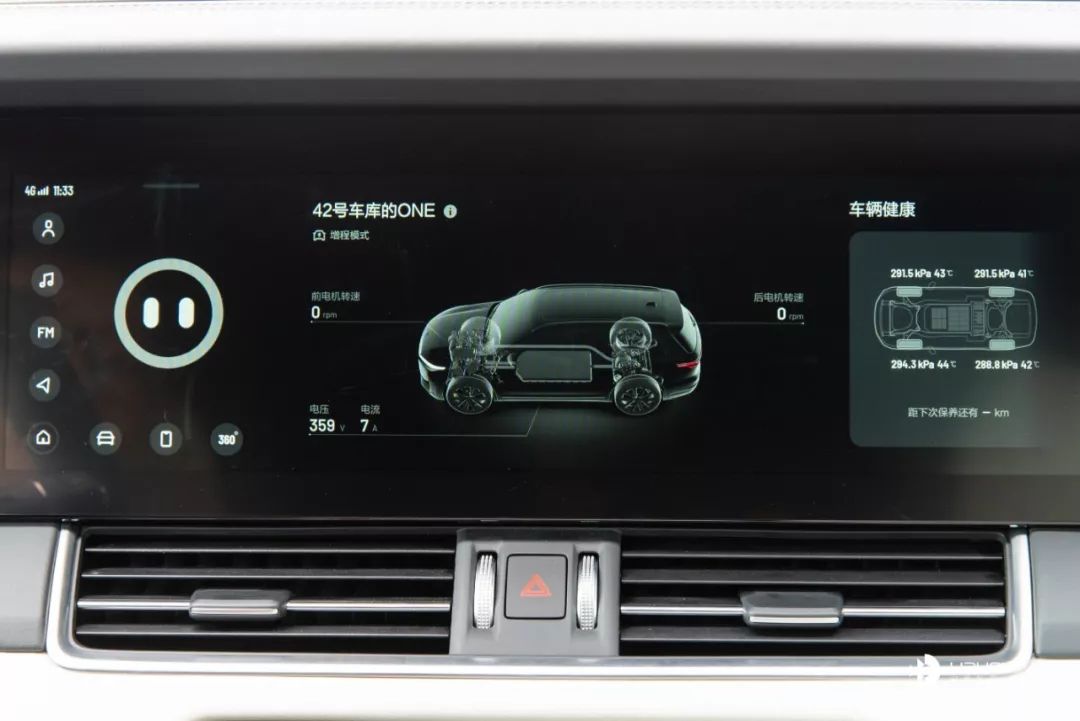
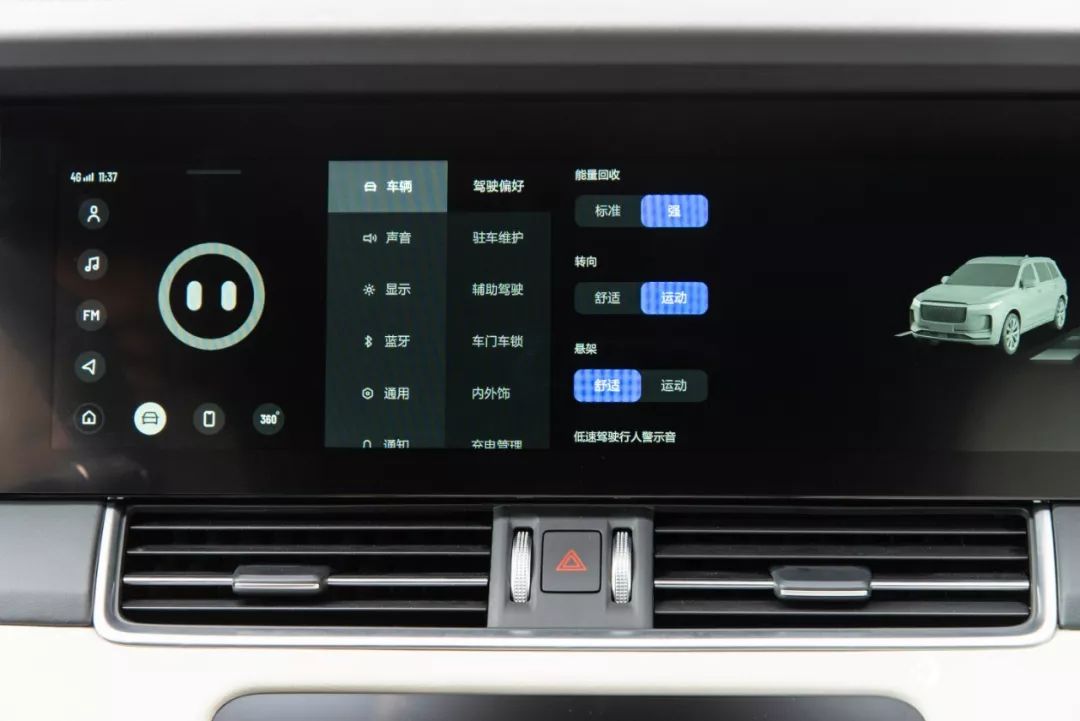
The front passenger screen can currently control music or play iQIYI videos, but I won’t go into too much detail about this.
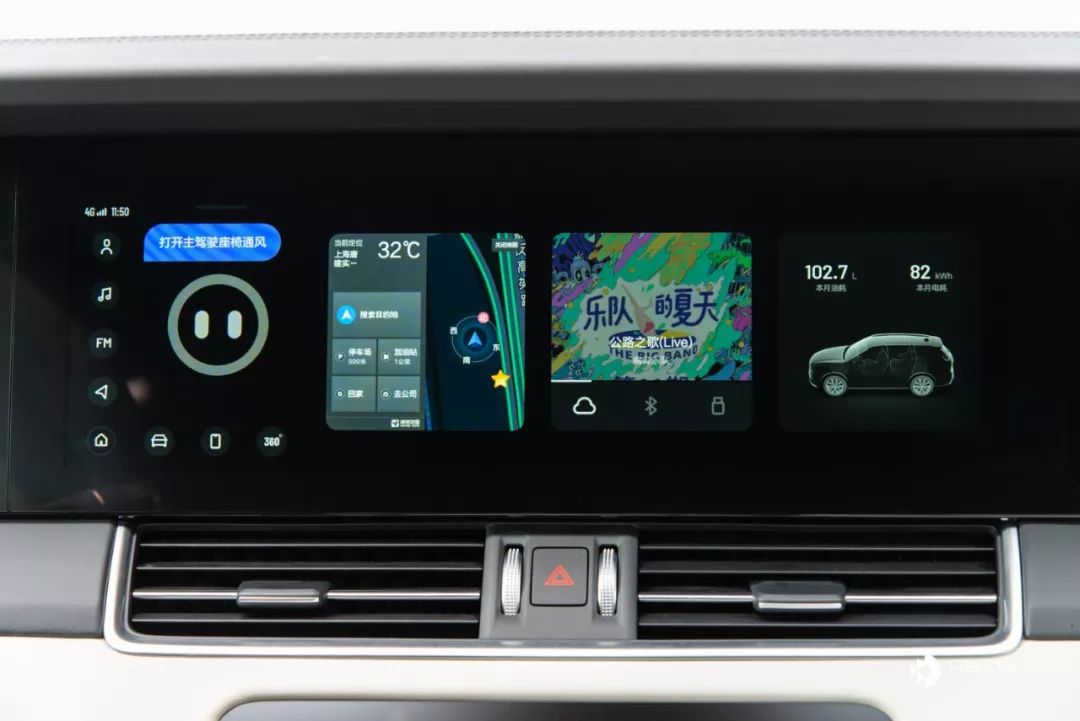
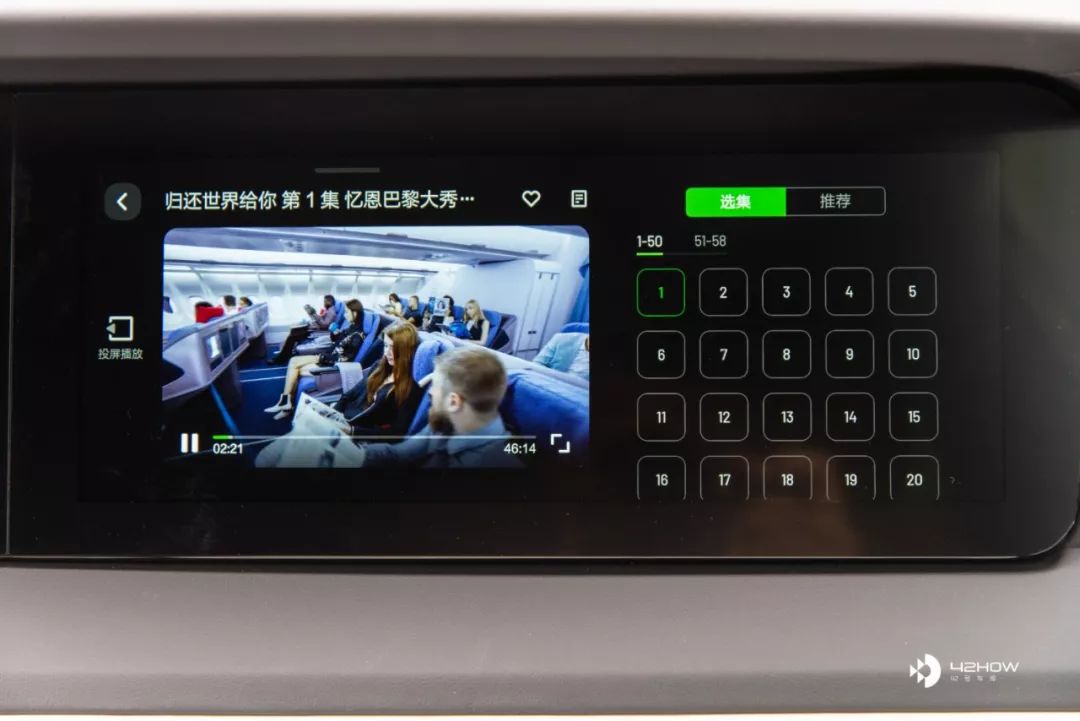
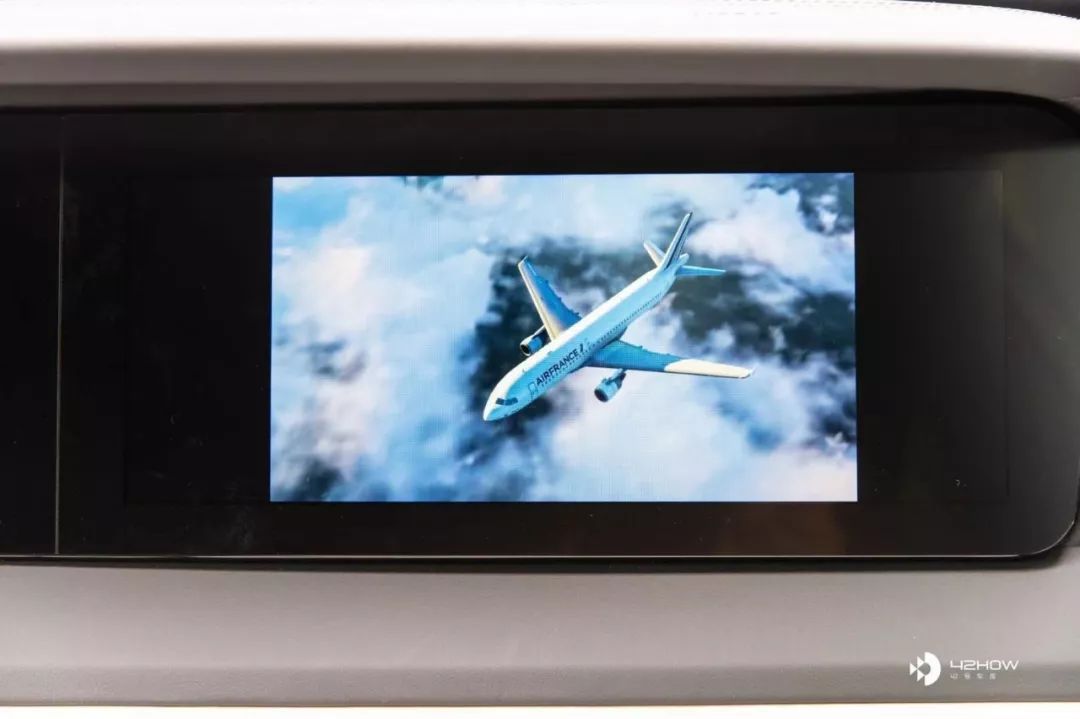
Q20: Is the screen reflective?
A20: Because the ideal ONE’s four screens are very large, reflection is unavoidable. Although reflection appears to be more severe during the photographing process, there are no reading difficulties in the actual experience due to reflection.
Q21: How is the speech recognition rate? Are the microphones in different positions sensitive enough?
A21: The speech recognition system of the ideal ONE comes from Horizon Robot and the semantic understanding is handled by Tencent Dingdang. The voice assistant wakeup word is “Ideal Junior”. Currently, it does not support changing its name.
The overall recognition rate and communication process of this system are at an excellent level. However, there are still many bugs, such as stuck recognition and recognition bugs. When I used voice search to search for the song “Because of You,” by Cai Xukun (a Chinese singer), the system said that it could not be played due to copyright issues, but when I said that I wanted to listen to Cai Xukun’s song, it then played “Because of You.” I hope that it will be improved in the production version.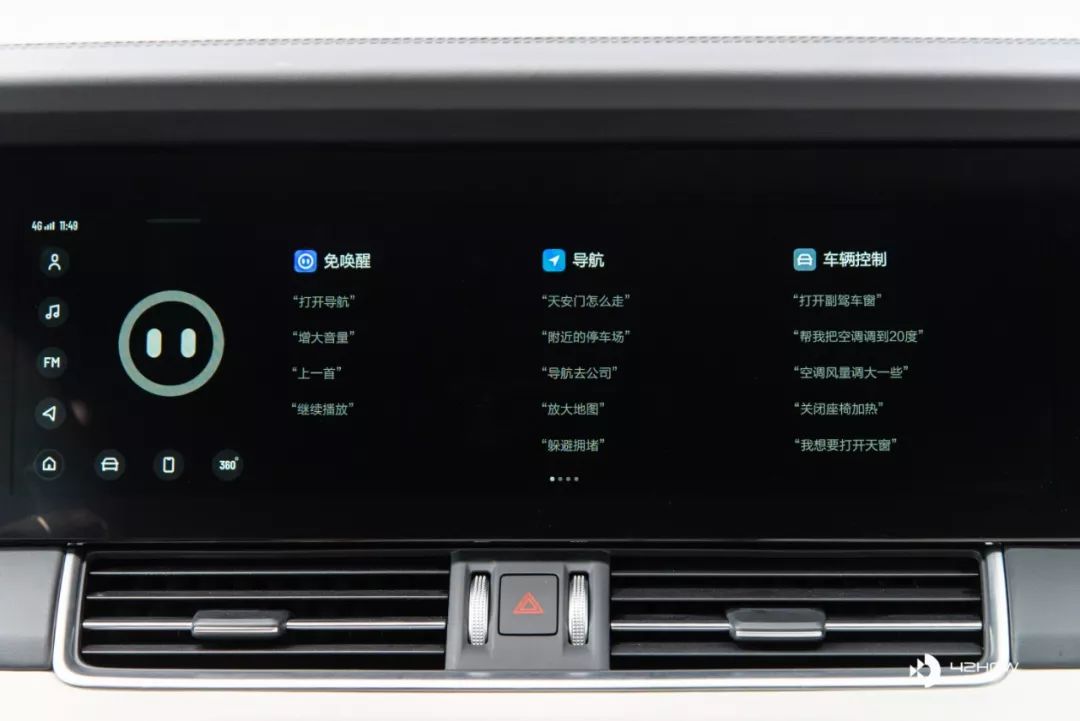

The sensitivity of the microphone is very high, even if the passenger is singing loudly, the driver can still communicate normally with “Ideal Companion”. This is thanks to the four microphones on the roof of the car. Users can see the performance of the car in the video of Garage 42, where Zheren, the head of the garage, demonstrates the feature.
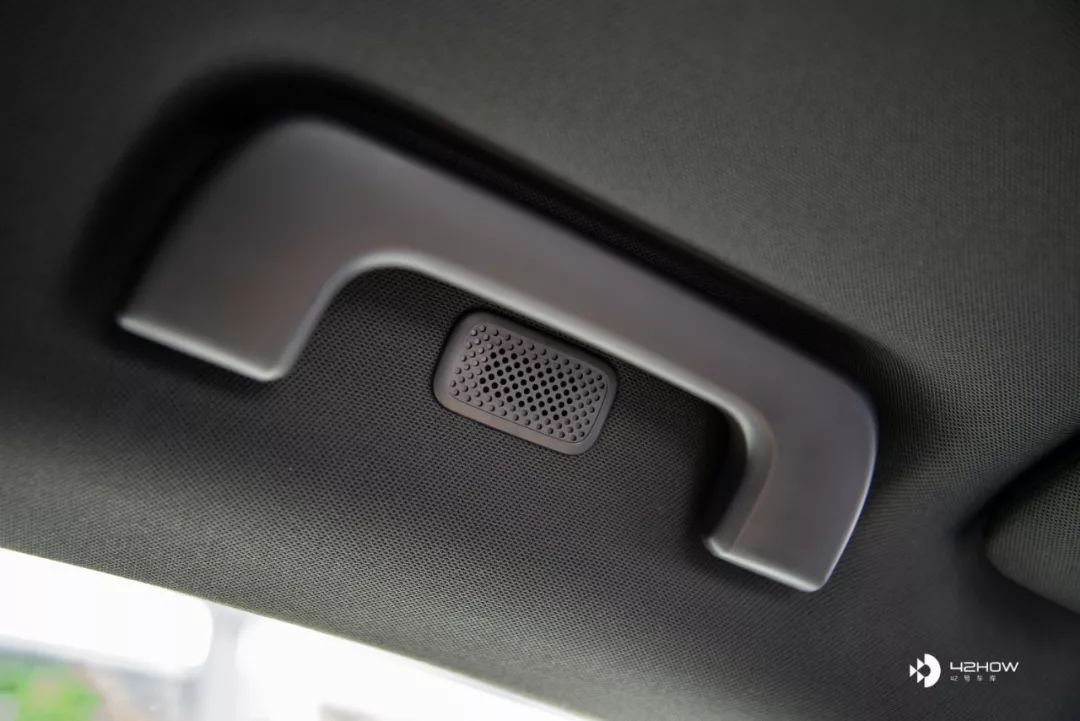
Q22: Can the car multimedia system install apps on its own?
A22: Due to the stability of the system, the Ideal ONE multimedia system does not support self-installation of software. The official will push some new software functions in the future.
Q23: How is the mobile Bluetooth key experience?
A23: It is very good. The Ideal ONE is equipped with six Bluetooth positioning antennas. With a mobile phone, users can approach the vehicle, open the door, enter the car, and start the vehicle by stepping on the brake without taking out the phone. The whole process has no delay and the experience is excellent. Moreover, when approaching the car with the phone, only the door on the side close to the phone can be opened. Only after that door is opened, can the door on the other side be opened, further enhancing safety.
Unfortunately, the Ideal APP account can only be logged into one phone currently. That is to say, only one person can experience the convenience of the mobile Bluetooth key for a long time. Hopefully, the Ideal will authorize other phones to log in to the same account in the future, so that the whole family can have a convenient experience.
In addition, currently the Bluetooth car key can only be adapted to iOS systems, and the Android system is still under adaptation and will be gradually opened next year.
Q24: Which functions of the vehicle can be controlled by the mobile app?
A24: Basic functions such as lock/unlock, window control, interior air conditioning and seat heating control, battery viewing, and vehicle location viewing can all be achieved. In addition, Ideal’s mobile control uses dual-mode control. When the distance between the car and the app is far, the signal transmission between the app and the car is transmitted through the network. When the distance is closer, the car can be controlled directly through Bluetooth, and the response speed of the car will be faster than through network transmission, providing a better experience.Here is the English Markdown text with preserved HTML tags:
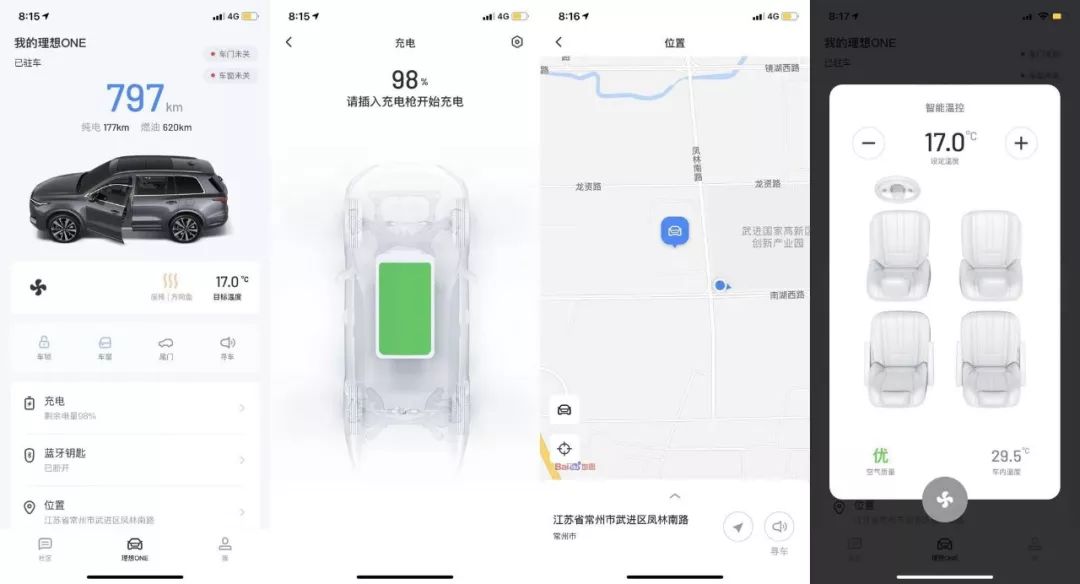
Here are some more ideal ONE appearance pictures. If you have any questions about this car, please feel free to leave a message.
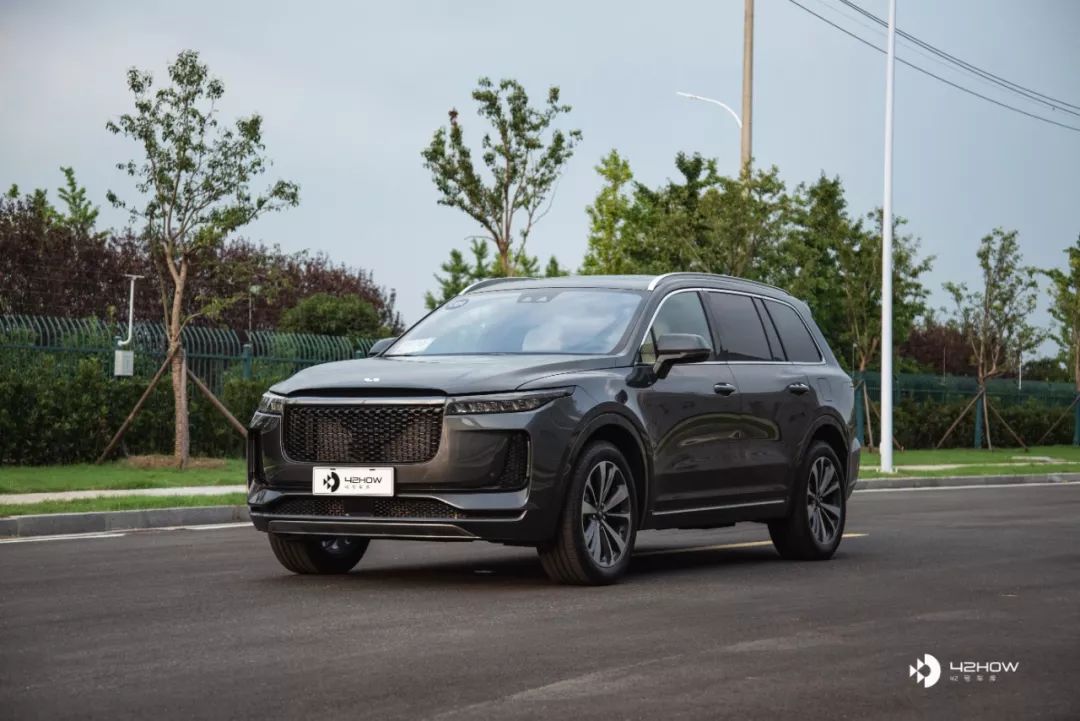
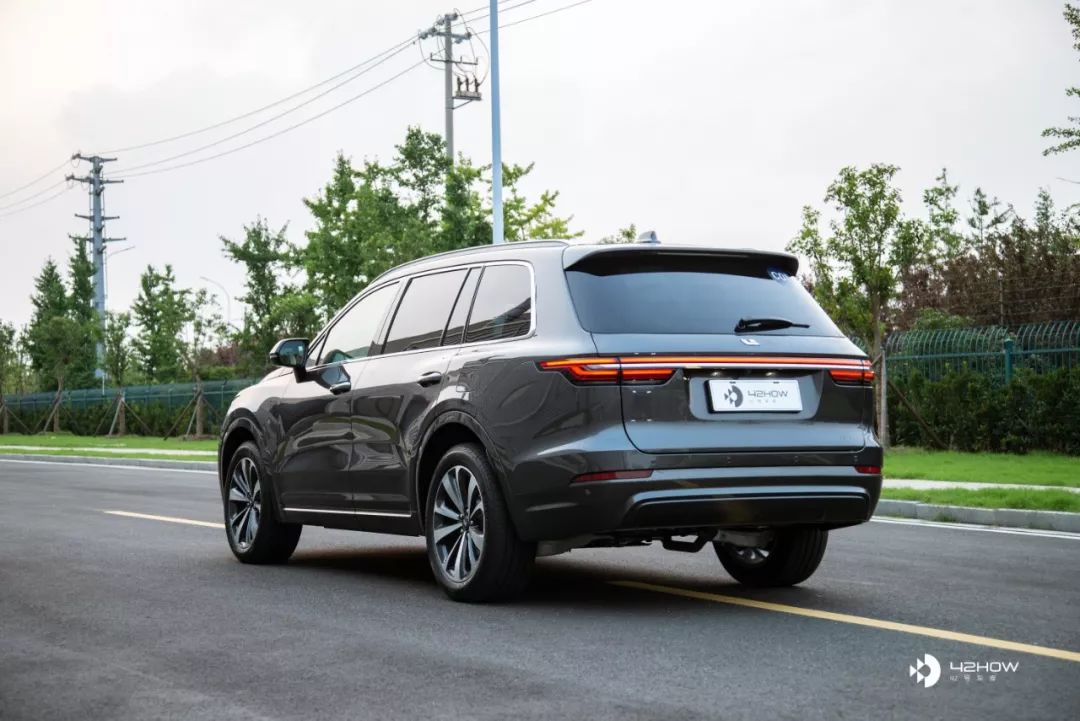
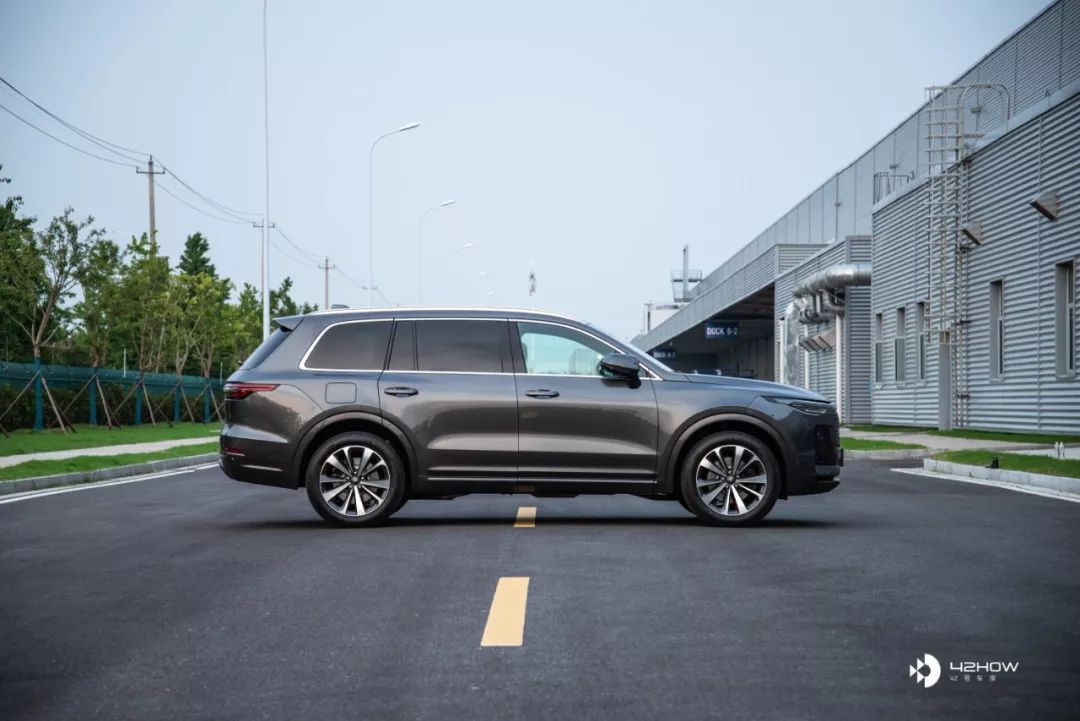
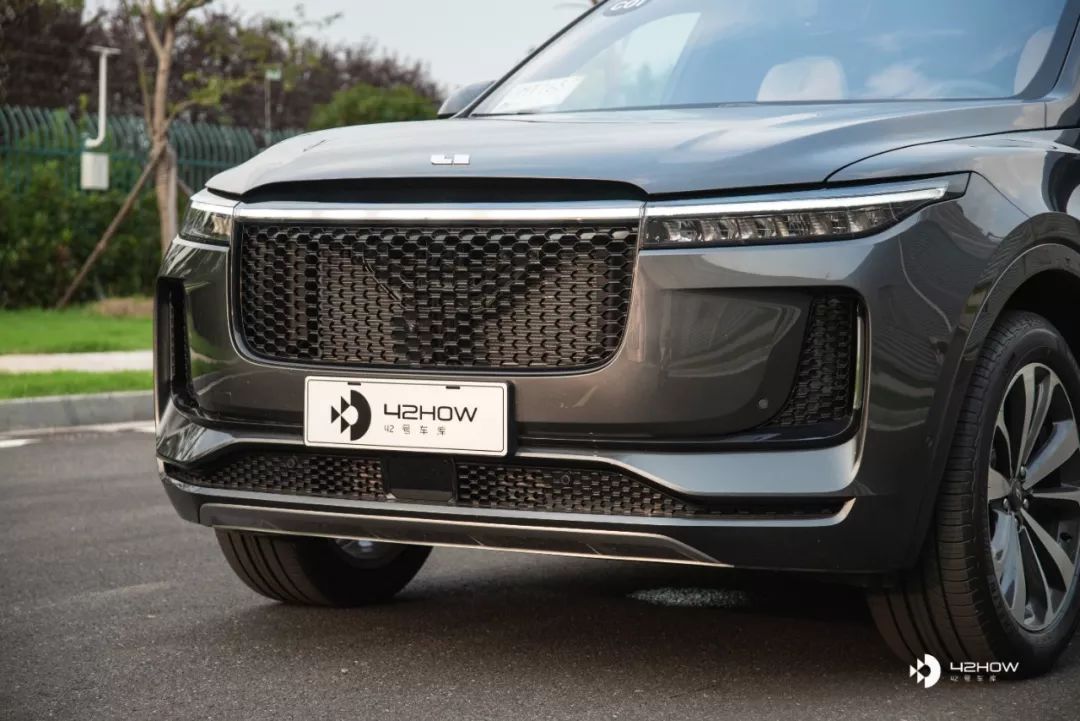
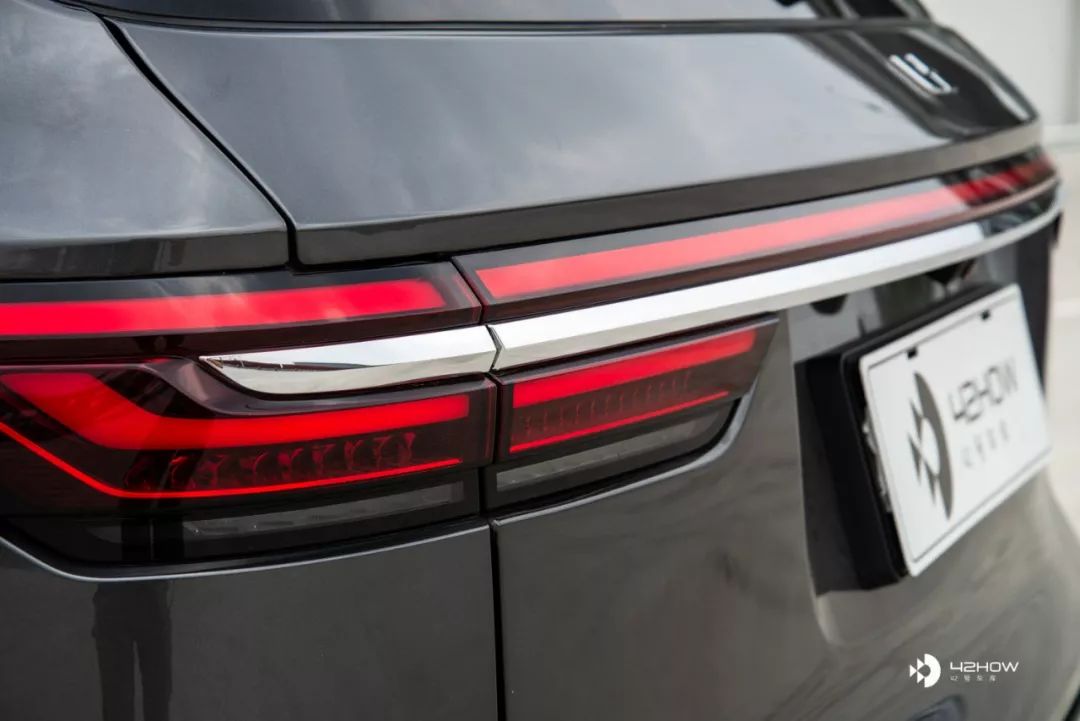
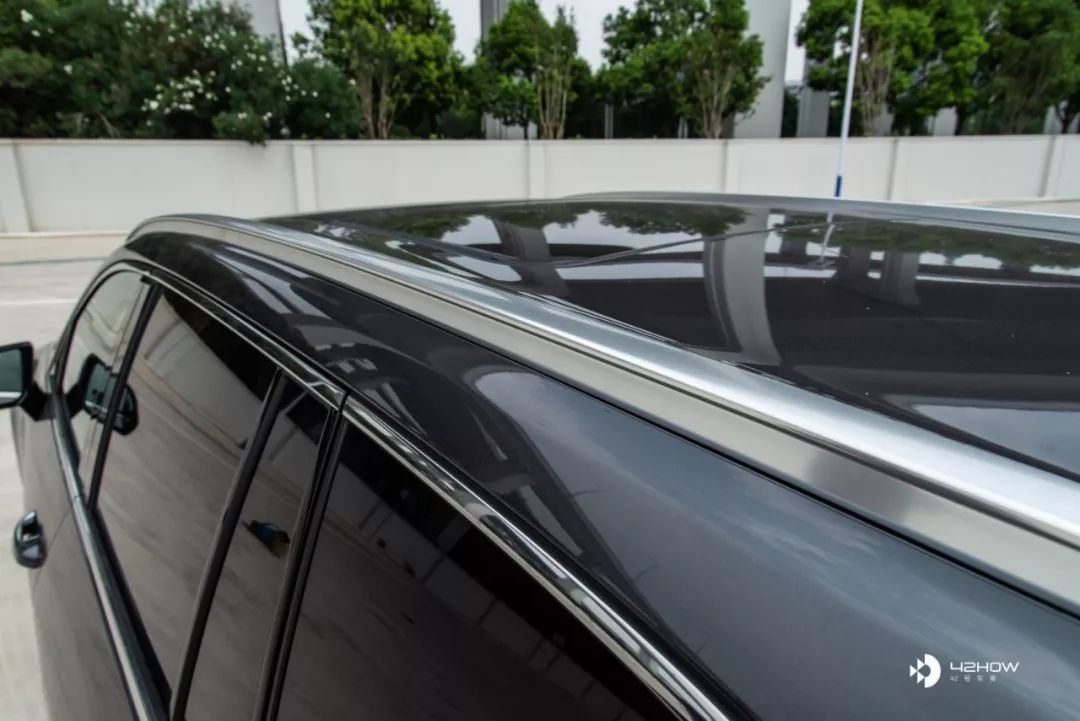
This article is a translation by ChatGPT of a Chinese report from 42HOW. If you have any questions about it, please email bd@42how.com.
